I didn't realize how much Elden Ring Nightreign upgraded its Dark Souls skins until I saw them side-by-side with the originals
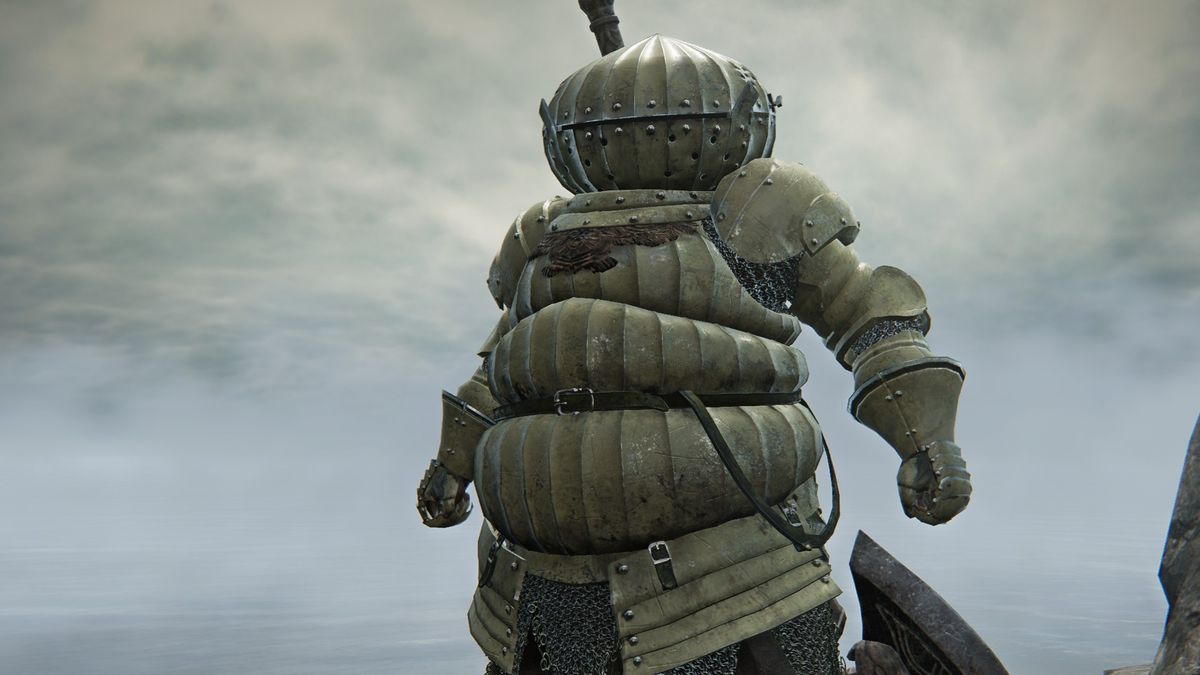
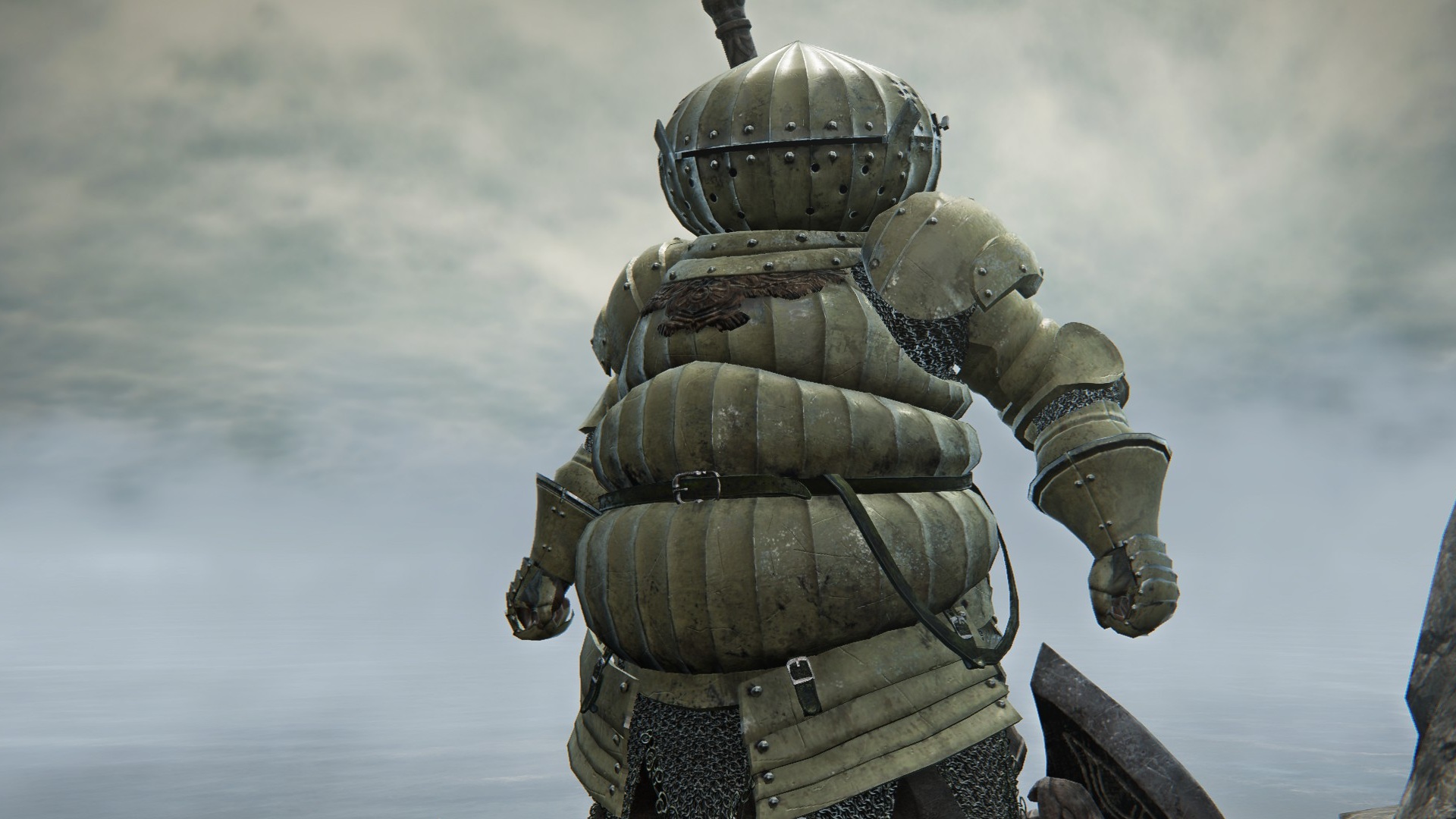
© FromSoftware


© FromSoftware
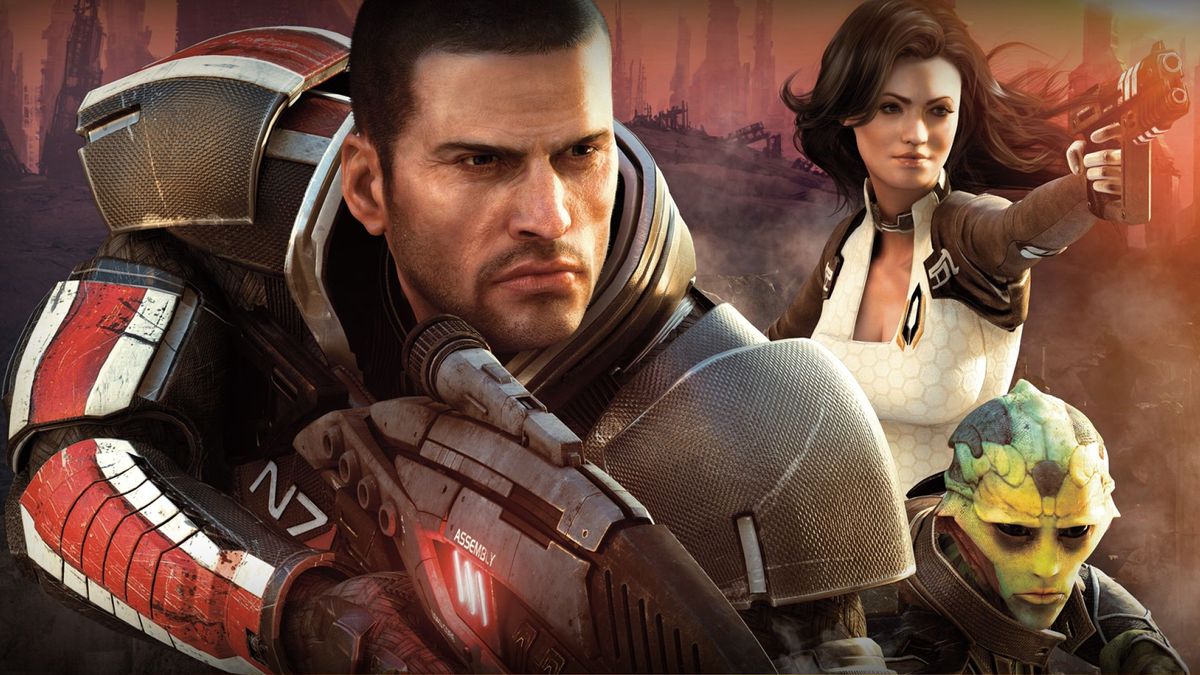
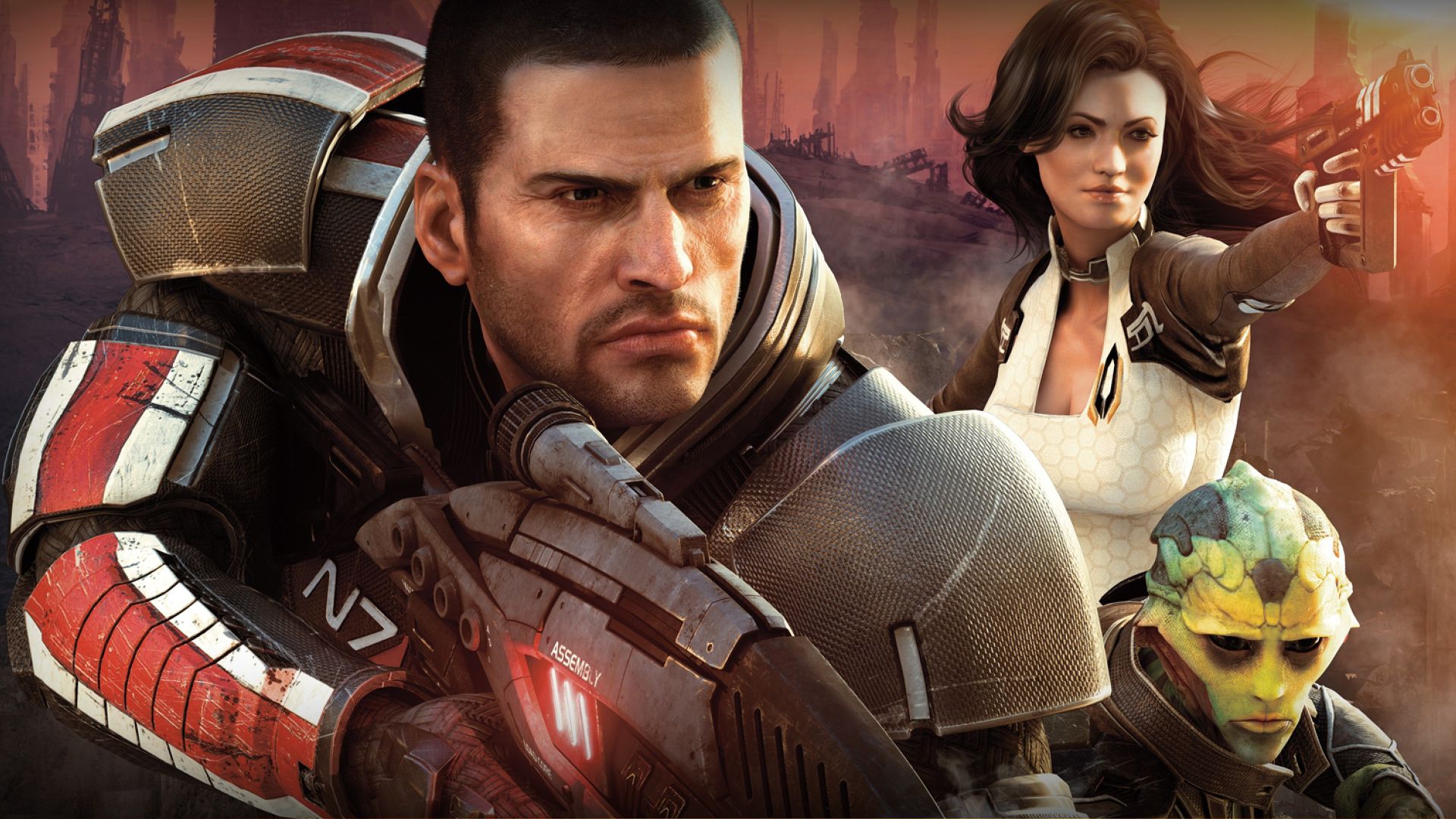
© null

Our latest exclusive on Dying Light: The Beast during our all-June-long IGN First "cover story" coverage is a video from Dying Light franchise director Tymon Smektala explaining what the Chimeras – aka the twisted, skinless, gigantic boss creatures you'll encounter – are all about.
If you missed our other two exclusives so far this month, we had an exclusive hands-on preview (that included a fight with one of the Chimeras), and we kicked off June with a whopping 30 minutes of gameplay. Take a look at that video below.
Dying Light: The Beast will be released on August 22 for PC, PS5, and Xbox Series X|S. Stay tuned to IGN all June long for more exclusive coverage.
Ryan McCaffrey is IGN's executive editor of previews and host of both IGN's weekly Xbox show, Podcast Unlocked, as well as our monthly(-ish) interview show, IGN Unfiltered. He's a North Jersey guy, so it's "Taylor ham," not "pork roll." Debate it with him on Twitter at @DMC_Ryan.

Once BioShock Infinite’s protagonist Booker DeWitt arrives in the floating city of Columbia, the local police set about getting a description of the False Prophet they’ve anticipated for so long. Only trouble is, they’ve spent years whipping the populace into a frenzy of xenophobic fear. And when they speak to eyewitnesses, bigoted terror is all they’re getting back.
We hear on the radio that Booker is either a mixed-race dwarf, or a French man with a missing left eye - no more than four foot and nine inches. And when DeWitt stumbles across a sketch artist putting together a facial composite, the overheard conversation is farcical.
“He was taller than that… slimmer. His eyes were further apart. Bigger than that. Squinty. His hair was… hmm, red and curly? He looked Irish to me. Yes, like that. Oh, he was certainly an anarchist. You can spot them anywhere, you know.”
It’s silly, but it’s one of BioShock Infinite’s subtlest touches - a way for developer Irrational Games to demonstrate how a backward society is undone by its own narrow belief system. And it sprung to mind during this summer’s Xbox Showcase, where Clockwork Revolution finally got an extensive reveal.
BioShock Infinite was the immediate and obvious reference point for a first-person action game dealing in turn-of-the-century Victoriana and time-twisting mechanics. While we’ll be “playing in the mud”, not up in the skies, InXile’s new game depicts a society where power imbalance has led to a powder keg atmosphere. Here, shootouts are fought with old-timey rifles and temporal magic on factory floors. With a flick of your wrist, you can turn a pile of rubble back into a wall, then take cover behind it. It’s all very consistent with our memories of Irrational’s swansong.
There’s even an early scene in which an aristocrat, fizzing with outrage in the lobby of a police station, offers an eyewitness description of a burglary suspect. “Tall… built rather slim,” the lord mutters to a mechanical constable. “Well, muscular. Was very quick, agile. With a moustache. No, larger!”
This time, though, the takeaway is very different. It’s not bigotry that InXile is highlighting, but the flexibility of its character creation tools. Because at its core, Clockwork Revolution isn’t a first-person shooter, but a western RPG in the tradition of Wasteland, The Bard’s Tale and Planescape: Torment - all the games the studio has delivered successors to in the past.
At the outset of a campaign, you can define your background as a Gearsmith who scavenged their way through life, or a Bookwarden who was saved from the orphanage by a wealthy sociologist. You’ll pick from traits with names like Street Stalker and Steam Whisperer, and distribute attribute points to determine your resistance to chemicals or flair for conversation. Your journeys back to the past will send ripples into the future, changing the nature of the city around you - a tantalising prospect for fans of RPG reactivity.
In fact, despite initial appearances, Clockwork Revolution has less in common with Ken Levine’s opus than it does with The Outer Worlds 2. Obsidian’s upcoming sequel, also featured in this year’s Xbox Games Showcase, is similarly focused on reactive worldbuilding and the many little custom quirks that make up a truly unique player character. As game director Brandon Adler explained during The Outer Worlds 2’s Direct, you’re cast in the role of an Earth Directorate agent - basically a sky marshal. But the game doesn’t lock down your character’s background or personality. You might have joined the Directorate to escape outstanding warrants for crimes you’ve committed. Or you may be a fraud, coasting on a deadly reputation you earned through an accidental killing. You can’t be a Gearsmith, but you can be a Roustabout who fails upwards.
Both games also share a Wizard-of-Oz quality to their art direction, with slightly garish palettes and over-ornate armour designs that look as if they could have been picked out by Jon M. Chu. They don’t scream to be taken terribly seriously - particularly not when, in Clockwork Revolution, a mechanical doll is screaming to “keep your filthy pickers off me”. In each case, that over-the-top tone actually helps support the granular RPG systems. It creates room for character decisions that don’t just conform to the greatest hits of the genre.
For a tangible example of that last point, take a look at Flaws in The Outer Worlds 2. If you take Bad Knees, you’ll move faster throughout the game - but your joints will pop every time you stand up from a crouch, signalling your position to nearby enemies. And if you’re a Kleptomaniac, your character will sometimes nab an item you’re looking at in a shop without warning - leaving you with the task of explaining yourself to the guards. Is that tradeoff worth the better prices you’ll get when selling loot? Only you can decide.
In an unconventional power fantasy, you can choose to be Dumb in Obsidian’s RPG - allowing you not only to embarrass yourself in conversation, but to fix a computer by shoving a tin of hot dogs into the fuse box. This scope for wilfully idiotic decision-making is definitely reflected in Clockwork Revolution, too - as when, in the trailer, the protagonist repeatedly ignores an intimidating shopkeep named Uncle Alfie to talk to his underling Errol instead. A couple of unwise dialogue choices later, poor Errol is splattered across the floor, his head bashed in with a candlestick by his agitated employer. “Brains,” chuckles Alfie. “If I hadn’t seen it with my own eyes, I wouldn’t have believed it.”
Scenarios like these are laugh-out-loud surprising - rare in an RPG genre where character and conversation choices are often overfamiliar. More to the point, they simply wouldn’t belong in the more serious universes of Obsidian’s Avowed, or InXile’s Torment: Tides of Numenera. In other words, the absurdity of these settings is helping to keep the genre varied and fresh - and can perhaps even push it forward.
Of course, zaniness is an acquired taste, and there’s a chance these games may overstep into tonal territory that becomes grating rather than gratifying. But the nature of choice-driven RPGs is that their most extreme aspects are optional. Nobody’s forcing you to wield the Spectrum Dance sabre, a musical sword in The Outer Worlds 2 that rewards you with damage bonuses if you can strike enemies on the beat. It’s your choice, and the tone of your experience can be tuned to your tastes.
For now, I’m looking forward to building up a composite of my very own cockney criminal in Clockwork Revolution - with the help of a robot constable who gets suspicious as I pump points into Social skills. “Why do you think they’re so charismatic?” he asks, warily. “Are you sure this wasn’t a jilted lover?”
Jeremy Peel is a freelance journalist and friend to anyone who will look at photos of his dogs. You can follow him on Twitter @jeremy_peel.
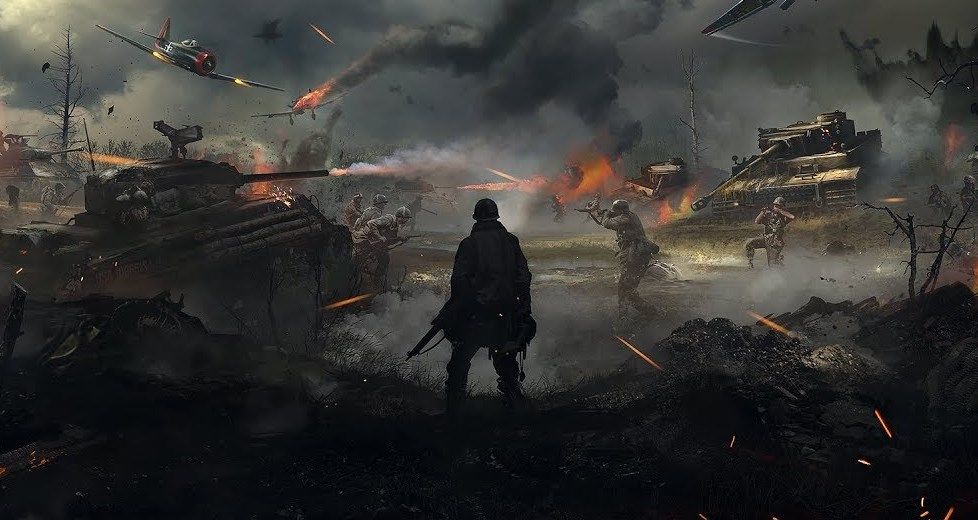
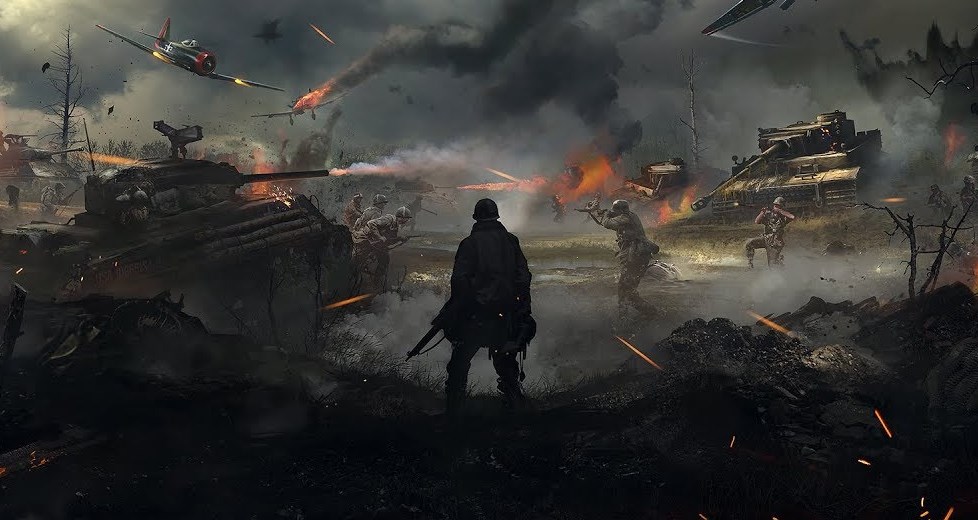
© Black Matter
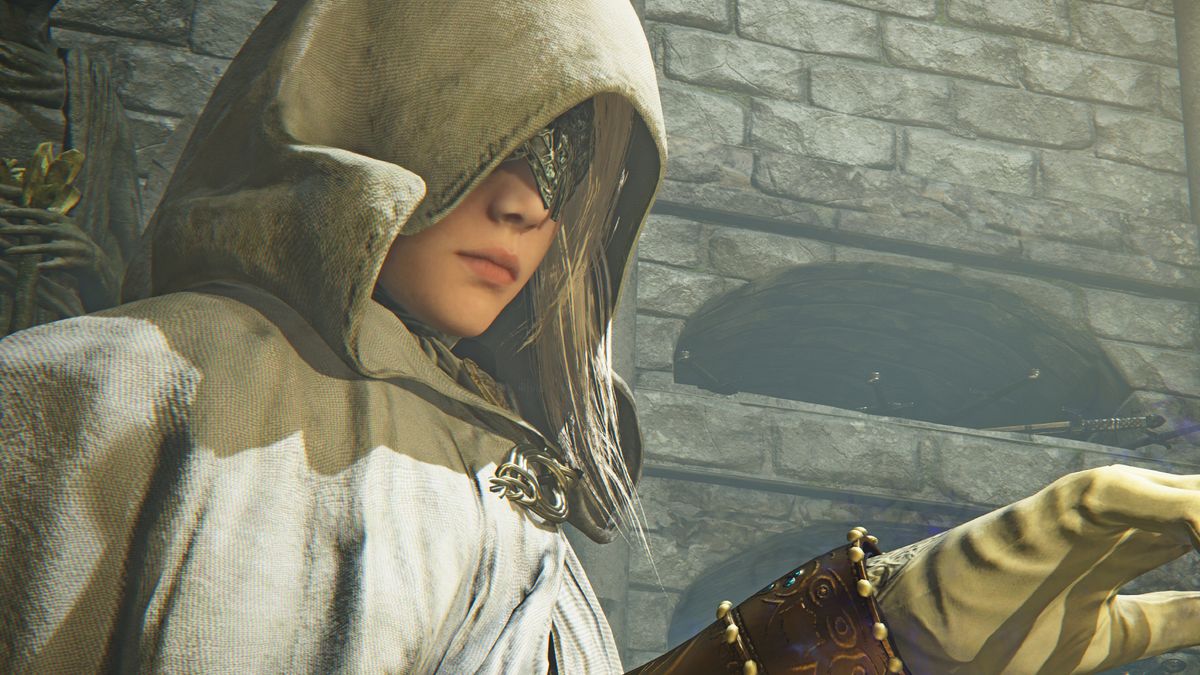

© Tyler C. / FromSoftware

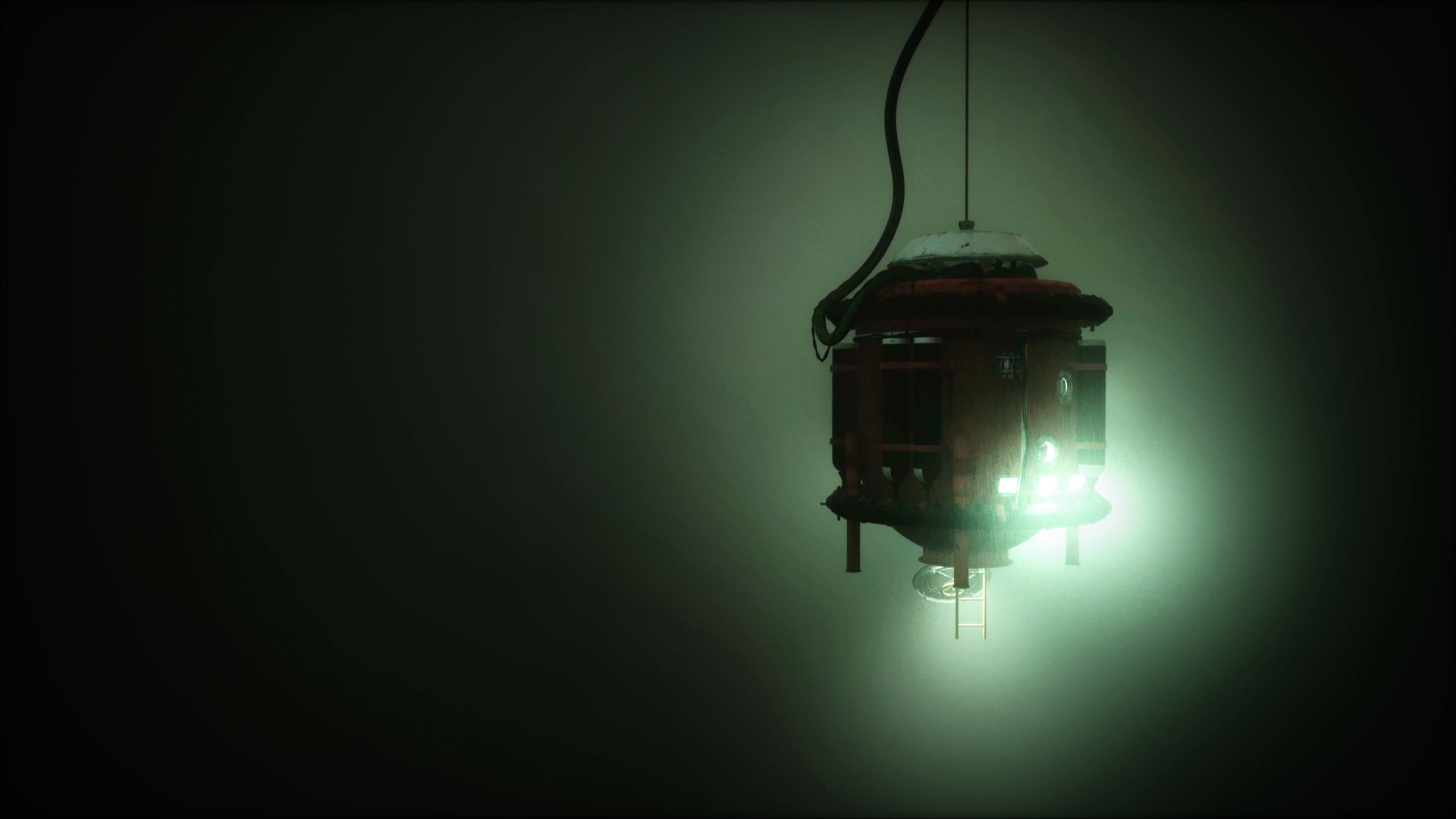
© The Chinese Room
EA and DICE have launched a new beta weekend for the new Battlefield game, which we’ll be calling Battlefield 6. Or at least for now. And, as you may have guessed, some new gameplay clips have been leaked online. So, let’s take a look at them, shall we? In these new gameplay clips, we get … Continue reading Battlefield 6 looks really cool in these latest leaked gameplay clips →
The post Battlefield 6 looks really cool in these latest leaked gameplay clips appeared first on DSOGaming.
Now here is something cool for all our The Witcher fans. A modder is currently working on a fan expansion for The Witcher 3 that will be based on the original book, The Last Wish, and shared an alpha version of it. The Last Wish will be a fully-voiced, high quality recreation of the original … Continue reading The Witcher 3 has a cool fan expansion, based on the original book “The Last Wish” →
The post The Witcher 3 has a cool fan expansion, based on the original book “The Last Wish” appeared first on DSOGaming.
Remedy has shared the final PC requirements for their new game, FBC: Firebreak. These requirements show what kind of computer you’ll need to run the game, with or without Ray Tracing. However, they don’t mention anything about Path Tracing yet. Let’s check out the details. FBC: Firebreak is a first-person shooter game where up to … Continue reading Here are the official PC requirements for FBC: Firebreak →
The post Here are the official PC requirements for FBC: Firebreak appeared first on DSOGaming.


© Remedy Entertainment

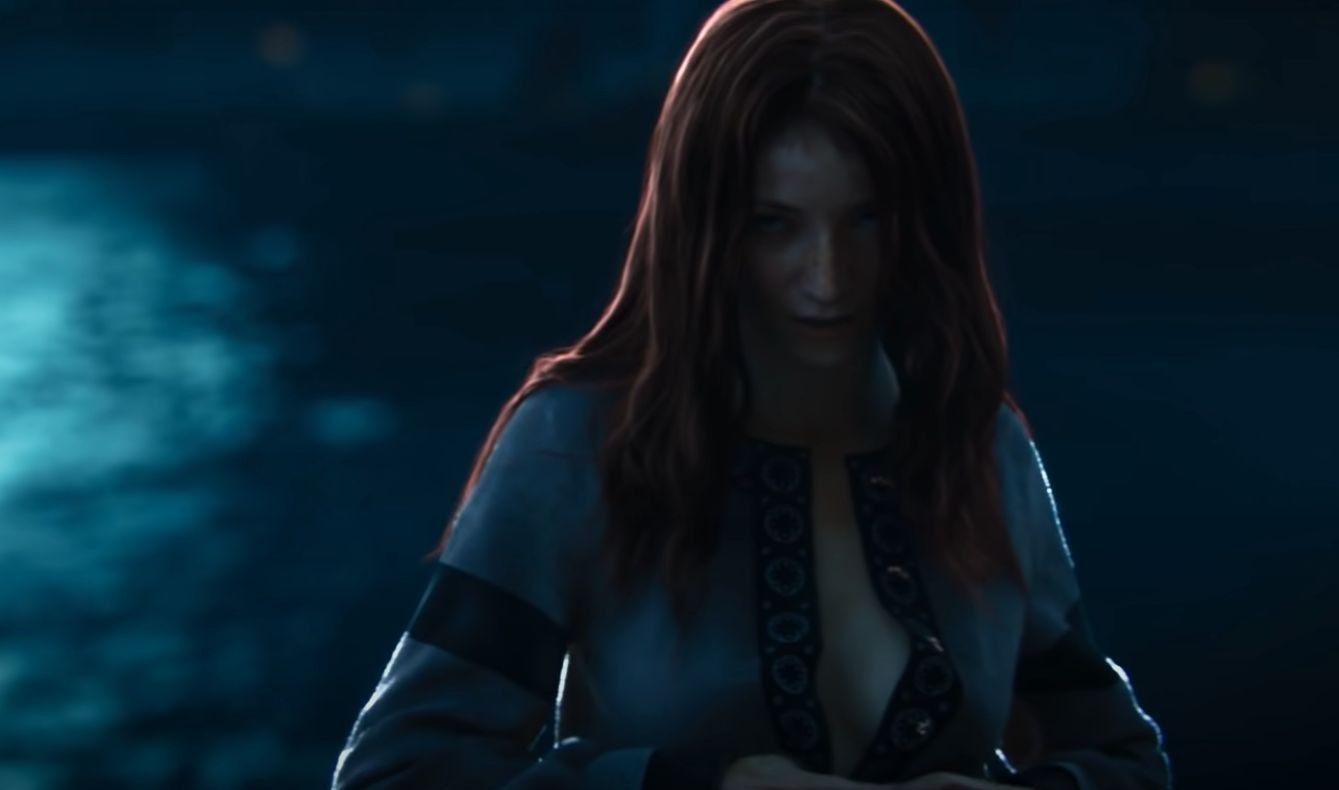
© CD Projekt
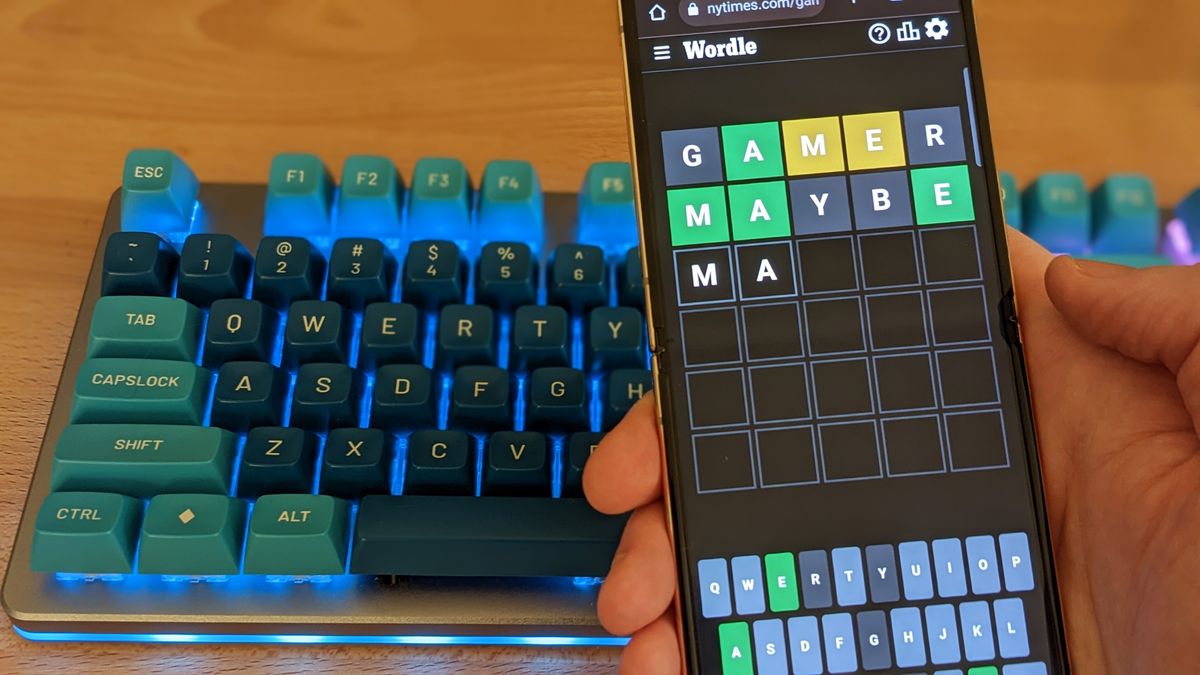

© Future

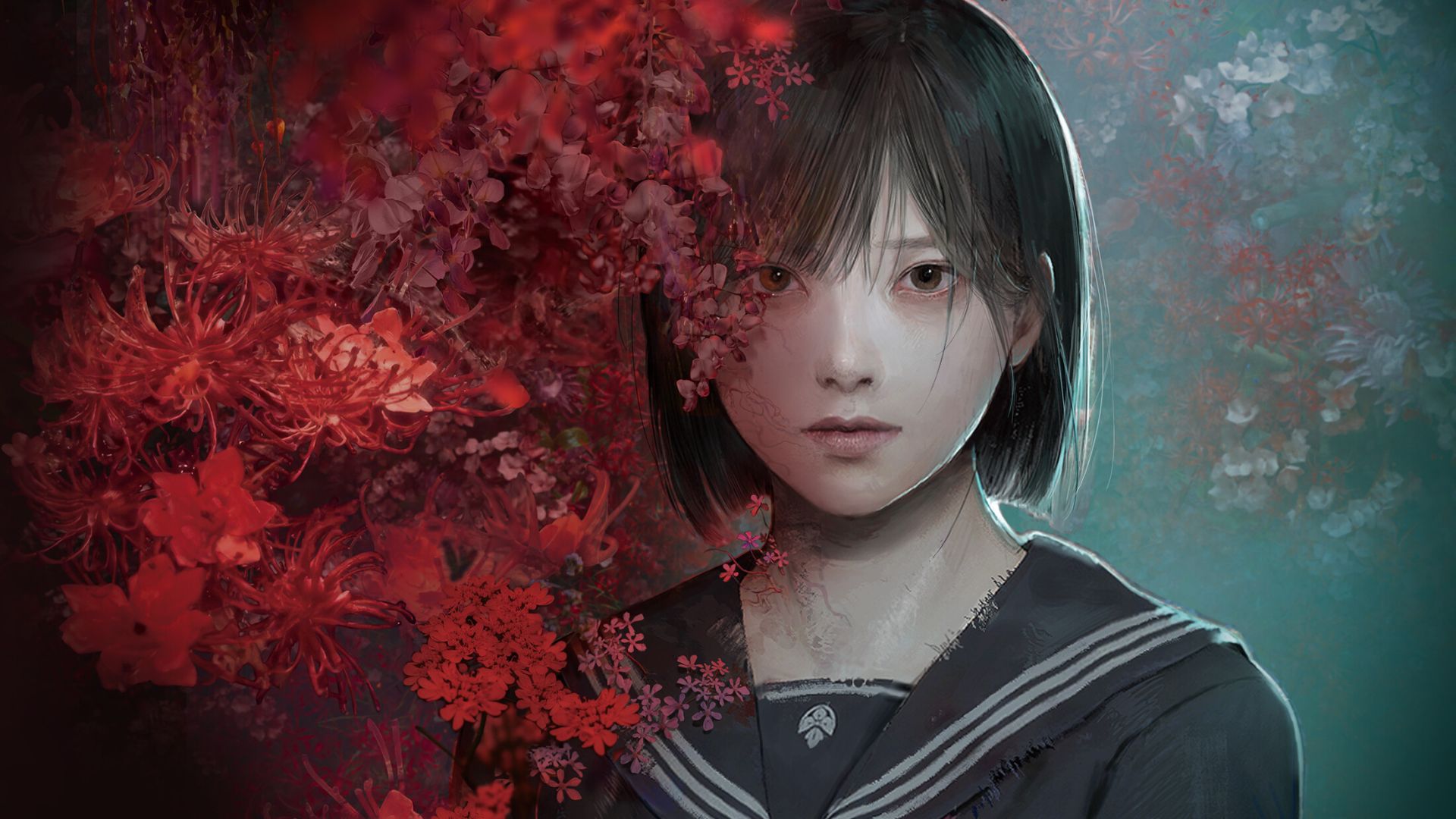
© Konami


© Valve, Pierre-Loup Griffais

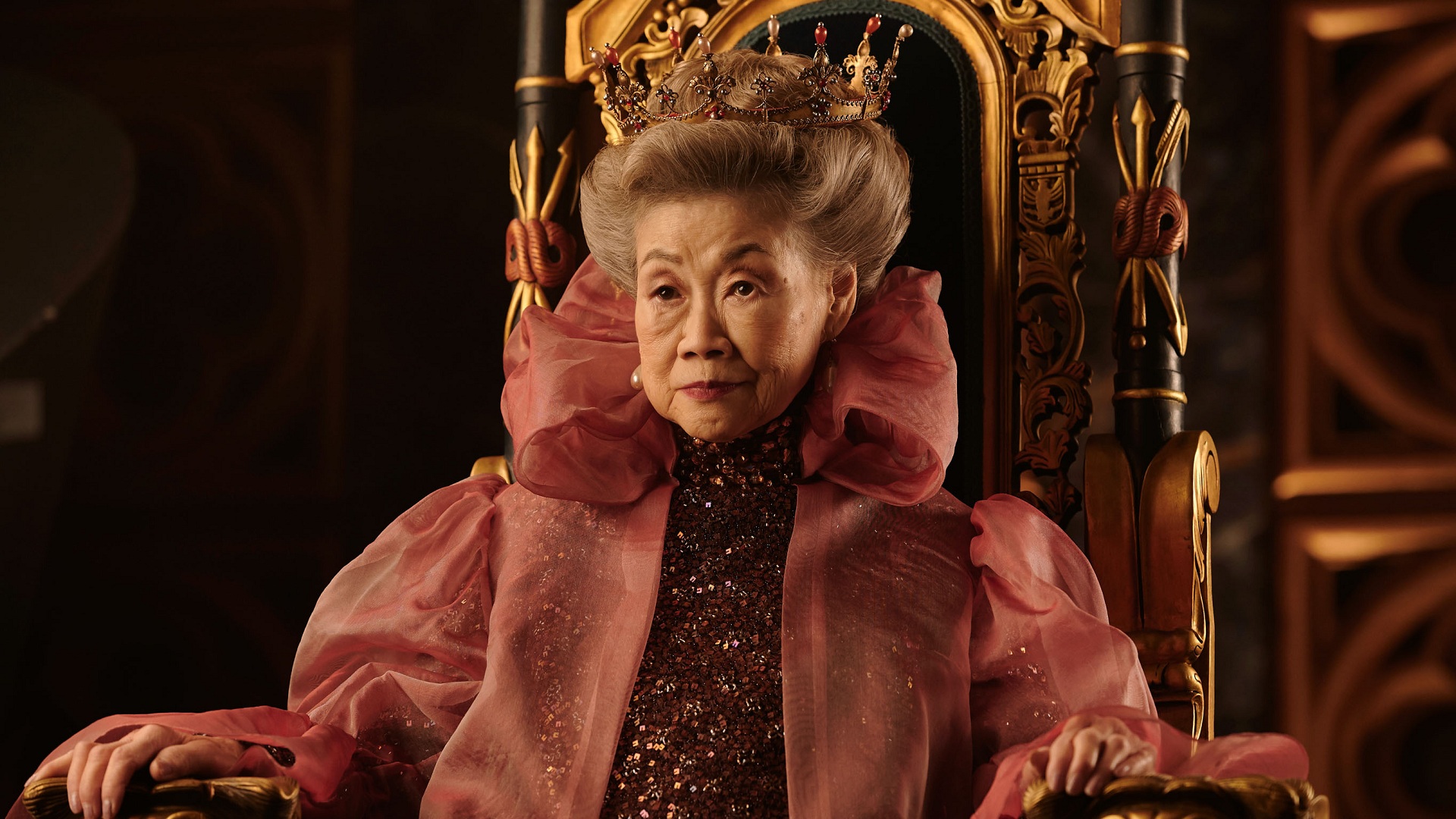
© Jose Haro/Peacock via Getty Images
YouTube’s ‘Lucky Salamander’ has shared a video, showcasing 20 minutes of brand new gameplay footage from WUCHANG: Fallen Feathers. This gameplay footage is from the Summer Game Fest 2025 demo that attendees were able to play. WUCHANG: Fallen Feathers takes place in the land of Shu during the late Ming Dynasty. The world is full … Continue reading 20 minutes of gameplay footage from WUCHANG: Fallen Feathers →
The post 20 minutes of gameplay footage from WUCHANG: Fallen Feathers appeared first on DSOGaming.
Modder ‘no12’ has released a new graphics mod for Red Dead Redemption 2 called Vestigia 2.0. This mod changes the way the game looks to make it more natural, realistic, and exciting. It improves the game’s environment to make it feel more alive and immersive. Let’s take a closer look at what it offers. Vestigia … Continue reading Vestigia 2.0 is a new graphics mod for Red Dead Redemption 2 →
The post Vestigia 2.0 is a new graphics mod for Red Dead Redemption 2 appeared first on DSOGaming.

Father's Day is almost here, and now is the time to score some last-minute gifts, as well as catch some popular item restocks. We've rounded up the best deals for Saturday, June 14, below, so don't miss out on these limited-time offers.
Magic: The Gathering finally released its Final Fantasy collaboration this week, and this has been a hugely popular set amongst longtime and new fans. If you've never played Magic: The Gathering before, the Final Fantasy collaboration is the perfect time to jump in. The Starter Kit includes everything a beginner needs, and the Play Booster Box is perfect if you're aiming to pull some rare cards.
Dan Da Dan was one of my favorite anime series of 2024, and the fact that you can take home all of Season 1 for just $24.49 is an absolute steal. Following Momo Ayase and Ken Takakura, Dan Da Dan is a comedic adventure that throws together aliens, spirits, and so much more.
For quite a while, Nintendo's first-party games have not been available for purchase at Amazon. That changed yesterday, though, as upcoming Nintendo Switch 2 games like Donkey Kong Bananza finally went live for pre-order. If you've been holding out on pre-ordering one of the biggest Switch 2 games revealed so far, now you have yet another option for retailer.
Apple's newest AirPods are all on sale and would make a great gift idea for Father's Day, which lands on June 15. Starting with the highest end model, the second generation Apple AirPods Pro wireless noise-canceling earbuds is $169 shipped (normally $240). The next step down, the Apple AirPods 4 with ANC (active noise cancelation) is down to $148 (normally $179). Finally, the value-packed AirPods 4 without ANC drops to $99.99 (normally $129).
Trails in the Sky 1st Chapter has officially opened pre-orders at Amazon, with both PS5 and Nintendo Switch copies available for $59.99. If you're unfamiliar with the Trails series, this is a remake of the very first Trails game, making 2025 the perfect time to jump into the series for the very first time. NIS America is set to bring the latest game in the series, The Legend of Heroes: Trails Beyond the Horizon, to North America and Europe later this year, which is the first time ever the series will be caught up worldwide.
As one of the most popular games of the year, Clair Obscur: Expedition 33 has been very hard to find at retailers, especially for PS5 copies. Today, Amazon has put the PS5 copy of the game in-stock, and you can still score a copy at this time. This is the perfect opportunity to pick up a physical copy if you loved the game, and it's also a great time to enter the world of Clair Obscur if you haven't already.
Darkest Dungeon II for PlayStation 5 is just $20.75 at Amazon right now. One of the biggest features and upgrades of this game from its predocessor is the token system, which opens up your gameplay in entirely new ways. This game generally retails for $29.99, so this weekend is a great time to pick it up.

What’s happening with Boba Fett? The last time we saw the legendary Star Wars character was at the end of his own show, The Book of Boba Fett, in February 2022. Yes, the Disney+ spin-off series was divisive, with some Star Wars fans feeling it went too far in softening the iconic villain's character. But that can’t be it for Boba Fett, can it?
Over three years later, it feels like The Book of Boba Fett Season 2 is stuck in a galaxy far, far away. Lucasfilm has given no indication that the show will return, with next year’s The Mandalorian & Grogu movie perhaps the best chance of a live-action reprisal. Will there be a The Mandalorian Season 4? Lucasfilm has yet to say, but if it does happen, perhaps Boba Fett would pop up there.
In truth, the future of Boba Fett and Temuera Morrison, the actor who plays him, in the Star Wars franchise remains uncertain. And based on recent comments from Morrison himself, there is little reason to deviate from that position.
Speaking in an interview with Collider to promote his new film, Ka Whawhai Tonu (In The Fire of War), the 64-year-old New Zealander said he felt "sad" not to have reprised the role since the end of The Book of Boba Fett.
“Where [sic] The Book of Boba Fett Season 2? Where the hell is Season 2?" Morrison said. "I know they're doing Ahsoka Season 2. I'm going, 'Ah, where's my Season 2?'"
According to Collider, Morrison revealed he actually pitched Lucasfilm on Boba Fett appearing in Ahsoka Season 2 ("can I be Rex and take his helmet off, please?"), pointing out that he plays not just Boba Fett but all the clones based upon the character.
He also bumped into Star Wars stewards Dave Filoni and Jon Favreau recently, and reminded them Boba Fett still exists. Apparently “they kind of said, 'Well, well,' they didn't want to say too much, put it that way. There was a few whispers of — they didn't want to say too much — but they just left it at that."
That exchange left Morrison feeling like "I've been preserved for a later date, and I'm going to be tastier." He compared his feeling following the encounter to going to grandma’s house and seeing “that preservative jar of peaches up on the shelf.”
“That's what I think,” he continued. “I'm one of those peaches, and I've been put up on the shelf. I've been preserved for a later date, and I'm going to be tastier.”
Morrison could be playing coy, knowing full well he’s coming back to Star Wars in some form. After all, Rosario Dawson had no idea Mark Hamill was returning as Luke Skywalker in The Mandalorian until he walked on set. Lucasfilm has a history of holding its cards close to its chest.
But it does sound to me like nothing is in the works for Boba Fett, unfortunately, and indeed last year Morrison offered a reason for why that might be the case. Speaking at the From Clone Troopers to Bounty Hunters panel at Fan Expo Chicago, Morrison cited The Book of Boba Fett's poor reception as the reason for the once beloved character not returning in Star Wars: The Mandalorian & Grogu. He added that Star Wars owner Disney hadn’t asked him to appear in the incoming film or a second season of The Book of Boba Fett.
The show, which told the story of Boba Fett as he escaped from the Sarlacc Pit and acted as a miniature season of The Mandalorian, was among the worst received Star Wars shows. "This show's reception does seem to have impacted the future of the character in the franchise," Morrison said at the time. That was in August 2024. Has something changed in the year since? I'm not sure.
Morrison originally played Jango Fett in Star Wars: Episode 2 – Attack of the Clones but years later rejoined Star Wars as Jango's son and clone Boba Fett. He's made clear his desire to return to Star Wars, saying he wants a chunk of The Mandalorian's time just as The Mandalorian led an episode of his show.
Photo by Jun Sato/WireImage.
Wesley is Director, News at IGN. Find him on Twitter at @wyp100. You can reach Wesley at wesley_yinpoole@ign.com or confidentially at wyp100@proton.me.
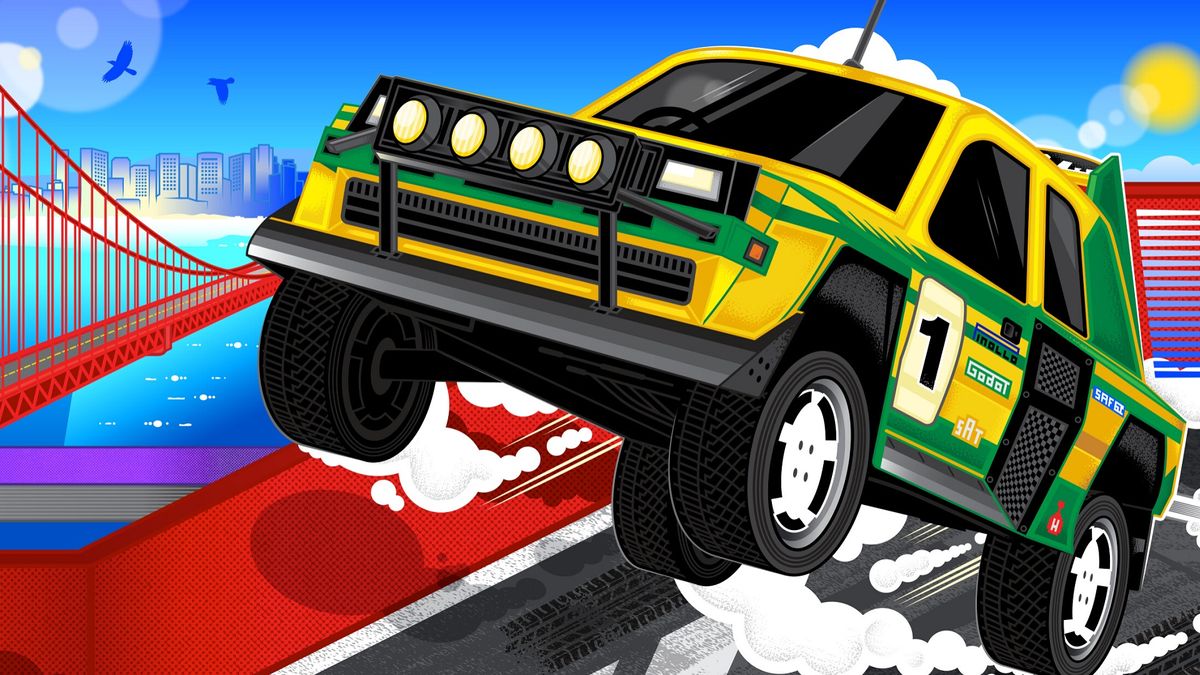
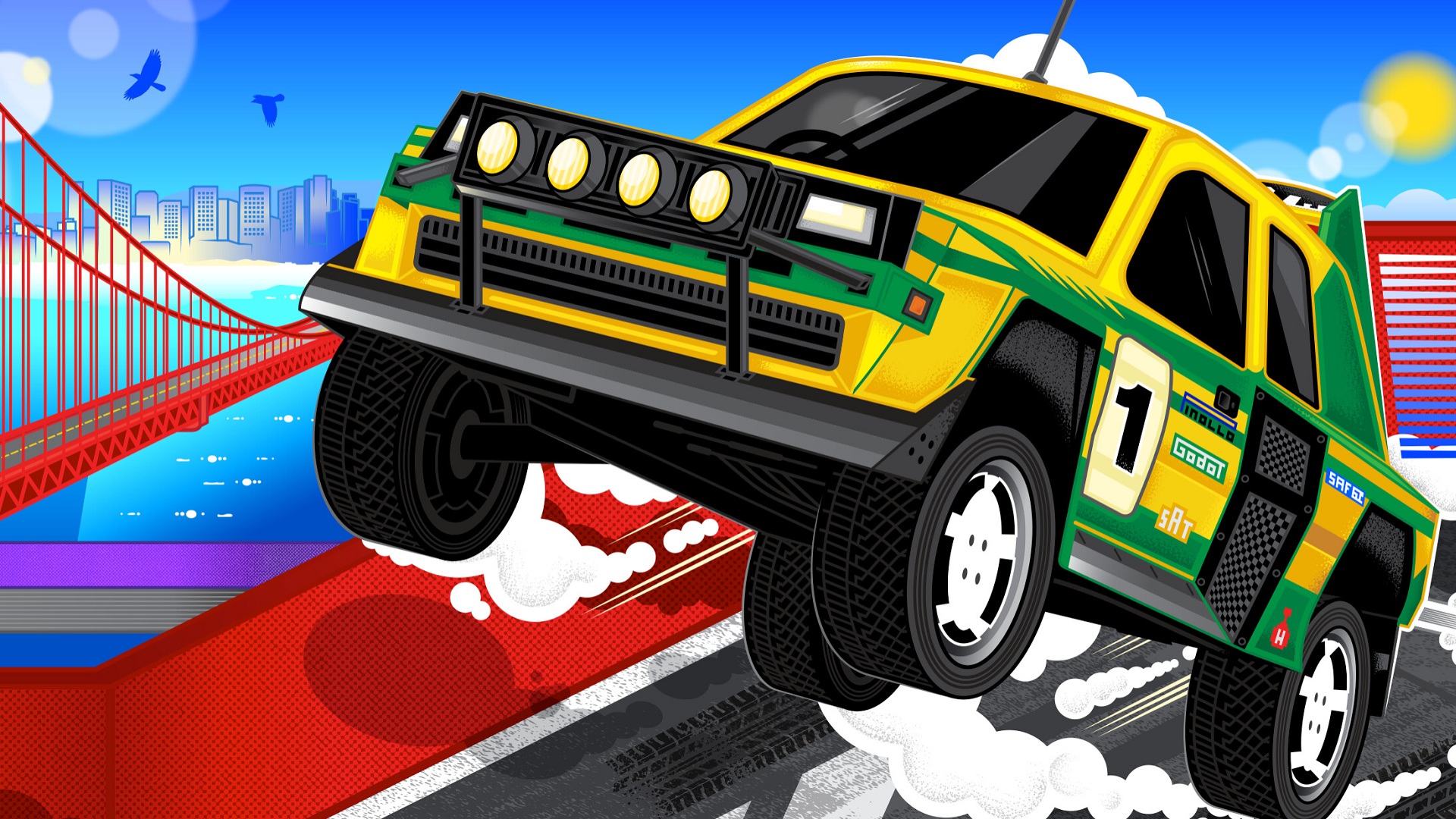
© Walaber Entertainment LLC

The Life of Chuck is a film of earnestness. It explores all the loss, connection, complication and devastation of a life in a brief window, all while shouldering a profound hope that it intends to share with the viewer. With the rise of social media came the rise of cynicism. Earnesty became a weakness, leaving anyone sharing their deepest joys on the receiving end of mockery. While this nihilsm has extended into reality in many ways, seeping into all corners of our day to day lives, creators like Mike Flanagan and actors like Tom Hiddleston simply have no interest in that kind of outlook. And that shared view on life is exactly what made Hiddleston the perfect addition to the Flanagan family and the role of Charles Krantz.
Really, though, the titular Chuck is a shoe in when it comes to Hiddleston’s filmography. The Life of Chuck posits that each of us contains multitudes. An entire universe lives within all of us. Meanwhile, Hiddleston’s role before this — that of Loki Laufeyson, a role he has played in the MCU for well over a decade now — doesn’t just contain his own multitudes, but finds himself keeper of the multiverse as a whole, protecting not just his universe, but all of them.
In sitting down with the incredible creatives behind The Life of Chuck, I had to ask Hiddleston what drew him to these kinds of roles.
"I think it [roles like Chuck and Loki] resonates very deeply with my experience of life. It's really kind of why I became an actor. As an actor, you get to explore your multitudes. You get to play different characters in different stories and connect to all of them and see where you're the same and see where you're different.
For me, the role of the proper stuff of acting is actually about imagination and compassion. It's about extending yourself to circumstances which maybe aren't yours, but trying to see your own humanity in them.
I really relate to the wisdom in this film, which is that behind the exterior of how we're seen in the world, of how we present in the world is an internal world of infinite possibility that every single human being, and I really believe this, contains an internal world of majestic inspiring multitudes and possibility of none of us are one thing.
All of us have that universe within us, which is a universe of connections, both real and imagined and when a life comes to an end and so does that universe. Those people, the memories, the experiences, the love you shared, the books you love, the music you danced to, the movies you watched, the times you lost, the times you loved. It's all so unique. It's all the human heart has a unique experience. To your point, I think I'm often drawn to characters who may have an external appearance which doesn't tell the whole story of their internal reality."
What’s so striking about Hiddleston’s answer is how uniquely it sums up the film itself despite Hiddleston talking about personal choices rather than Flanagan’s recent film. Really, it just goes to show that no one was meant to play Chuck Krantz but him.
Thanks for 39 great years, Chuck.

If you could hire any director to make an Elden Ring movie, who would you pick?
You might settle for fantasy heavyweights like Peter Jackson or Guillermo del Toro, or maybe you’d tap Miguel Sapochnik, the man who brought you many of Game of Thrones’ biggest battles, including Hardhome and Battle of the Bastards. If you’re looking for something a little more avant-garde, you could even pick Robert Eggers (Nosferatu), Yorgos Lanthimos (Poor Things), or Bong Joon Ho (Mickey 17) – filmmakers who, like Elden Ring developer FromSoftware, relish in the surreal, cryptic, and uncanny.
Chances are, you wouldn’t pick Alex Garland. The British writer and director is known for the grounded, slow-burning science fiction dramas Ex Machina and Annihilation, as well as the inventively named war films Civil War and Warfare – none of which resemble FromSoftware’s work in any notable way. However, Garland is precisely who film studio A24 has selected to adapt Hidetaka Miyazaki’s magnum opus for the big screen. Considering Garland – who, in addition to directing, is also set to write the screenplay – isn’t one to take his multi-digit checks and phone it in, you have to wonder how he’ll try to make this work.
At a glance, Garland and Elden Ring do indeed seem like an odd match. Despite his considerable experience with sci-fi, Garland has yet to try his hand at hardcore fantasy – a tricky genre in its own right, and even trickier when dealing with video game adaptations. On top of this, his style doesn’t have a lot in common with FromSoftware’s. The narratives of Ex Machina and Annihilation are rooted in plot, dialogue, and characterization, while games like Dark Souls, Bloodborne, and Elden Ring tell their stories largely indirectly, through item descriptions and environmental design. (Civil War, set in tomorrow’s United States, was widely criticized for its lack of deep backstory).
But just because Garland has never made a fantasy film, doesn’t mean he can’t. He’s reinvented himself and ventured out into new frontiers before – Civil War and Warfare are radically different from Ex Machina and Annihilation, which are themselves unlike the films he wrote before making his directorial debut – so who’s to say he won’t do so again?
Actually, making an Elden Ring movie wouldn’t entirely constitute uncharted territory for Garland. Many people – including his own fans – don’t know this, but he’s actually an avid gamer. His experience playing the Resident Evil games apparently inspired his script for the 2002 horror 28 Days Later, and the 2000 film The Beach – based on one of his novels – features a game-inspired scene which Polygon’s Matt Patches described as “the closest thing we will ever get” to a Banjo-Kazooie movie starring Leonardo DiCaprio.
While many filmmakers seemingly feign interest in the material they’re hired to adapt in order to placate said material’s existing fanbase (to this day I refuse to believe M. Night Shyamalan watched even a single episode of Avatar: The Last Airbender), Garland’s love for The Last of Us, BioShock, and – most importantly – Dark Souls seems to be sincere. He appears to have a decent grasp of what makes the series unique and special compared to other games. Talking to Gamespot back in 2020, Garland said, “The Dark Souls games seem to have this kind of embedded poetry in them. You’ll have some weird bit of dialogue with some sort of broken soul sat outside some doorway and it feels like you’ve drifted into this existential dream.”
Sticking to this image of an “existential dream,” Garland could take his Elden Ring adaptation in the direction of Annihilation, which upon release was praised for its psychedelic visuals. This would work, but it is not the only path forward. Another less obvious but arguably more effective plan of action would be to adapt Elden Ring in the mold of Warfare, Garland’s nail-biting thriller about Navy SEALs fighting in Iraq. I say this not because there is something fantastical about this film – on the contrary, it’s been marketed as the one of the most realistic war films ever made – but because watching it evokes surprisingly similar feelings to those you experience while playing Elden Ring: outnumbered, outmatched, overwhelmed, afraid for your life (or runes).
Swap the war-torn Iraqi town of Ramadi for the ruins of Limgrave, alleyways of Leyndell, or badlands of Caelid, and what you’re left with is a film that adapts not the game’s encyclopedic, overarching backstory – the backstabbing saga of Marika, Godrick, Radagon, and the Demigods – but the minute, moment-to-moment experiences of the player’s Tarnished character wading through the Lands Between, so caught up in reaching the nearest Site of Grace in one piece that they have completely lost sight of their larger quest to become Elden Lord, whatever the hell that means.
Given that Garland is reportedly looking to cast one of the actors from Warfare – Kit Connor – in the lead, it’s possible that his Elden Ring adaptation will end up adopting a similarly suspenseful tone, not to mention retread those themes of fear, despair, and senseless violence that Connor has already proven himself capable of conveying. Using Warfare as a blueprint for Elden Ring would not only take advantage of Garland’s strengths as a filmmaker who explores psychology through graphic, carefully choreographed action, but also follow the example set by the – fight me – only solid video game adaptation out there, season one of HBO’s The Last of Us, whose quality is in large part derived from the fact that its creators understood what made the original great as a game.
Elden Ring, like FromSoftware’s other games, is not a power fantasy where heroes with supernatural abilities beat up giant monsters through flashy cutscenes and epic quick time events. It’s an anti-power fantasy that reduces players to nameless warriors who become well-acquainted with death and bang their head against the fog wall until they finally succeed. For Garland’s adaptation to reach the heights of his previous films, he’d do well to capture that bittersweet sentiment. And through his work on Warfare, we can catch a glimpse of what could be when Elden Ring finally arrives in cinemas.
Tim Brinkhof is a freelance writer specializing in art and history. After studying journalism at NYU, he has gone on to write for Vox, Vulture, Slate, Polygon, GQ, Esquire and more.

If you consider yourself a fan of high fantasy, I would be willing to bet that there is a good chance you have at least heard the name "Brandon Sanderson" even if you have never read one of his books. Widely considered one of the most prolific fantasy authors of the modern age, Sanderson is a titan of the industry, having redefined publishing for authors, fought for better contracts for author e-book sales, brought about the conclusion of the legendary Wheel of Time series after the passing of its original author, Robert Jordan, and has basically created his own media empire with Dragonsteel (complete with his own convention). To say that he is a big deal would be underselling it a bit.
All that aside, perhaps what Brandon is best known for is the Cosmere—his universe-spanning interconnected monolith that a majority of his various books and series take place somewhere in. Picture the Marvel Cinematic Universe but as books, and all by the same writer. When a new Cosmere book is released, it's a big deal. This list will give you a basic idea of the (current) chronological order of the books in the scheme of the Cosmere itself, omitting books that we know are coming (Dragonsteel, the future Elantris Books, Mistborn eras 3 and 4, etc) but have not yet been released.
If you look at the long list of titles that currently take place in the Cosmere, it can feel like a Herculean task to get through some of the books on their own, so consider this more as a resource to help you navigate it a bit, and make connections along the way as you read through the various series. However, just be aware that these can also be enjoyed on their own as smaller self-contained series, without needing to read them in chronological order. Special thank you to the CopperMind (a Cosmere resource kept up to date by the most diehard of fans) for helping me put this list together. Just be careful when you go on there as it is really easy to accidentally spoil things for yourself (speaking from experience, even though they try to mark everything).
It should be noted that as of this writing, there is no official timeline, with Brandon having previously stated that he hopes to have one released before the second Arc of Stormlight Archive releases—tentatively planned for 2031 (no, I'm not joking). The current list was put together thanks to research and input from the Coppermind wiki, Reddit, and YouTube videos
As it stands right now, if you want to read everything the Cosmere has to offer, you will have to work your way through a pile of graphic novels, short stories, novelas, and your standard novels. All told, you are looking at about 24 books to buy (the number gets a little wonky depending on how you count the books that count the collections of stories and such), but here is a list of all the Cosmere titles you will need to read:

While the following breakdown will take you through the Cosmere as we believe it to exist right now, it isn’t necessarily the “best” way to tackle these books. There are a number of options that people recommend, reading in Publication Order is a common one, knowing how imposing this all is, Brandon released his own “Where do I start?” list that you can check out too. I started with Mistborn Era 1 (Mistborn: The Final Empire) and then into Stormlight Archive Book 1, and had a good time.
Books:
Believed to be set first chronologically, the White Sand graphic novels take place on Taldain, a desert world where individuals can be trained to become Sand Masters. Following a man named Kenton who is training to be one, the three volumes focus on him trying to get to the bottom of who was behind a surprise attack that killed many of the other Sand Masters. White Sand ran from 2016 to 2019 and is based on a manuscript that was one of Brandon’s earliest works, with an excerpt of this early writing included in the Arcanum Unbounded collection. You can expect that occasional easter egg or nod to White Sand in future books, but not as much as other entries (yet) in the Cosmere.
Books:
Taking place on the world of Sel, Elantris was Sanderson's first published work, released back in 2005. Due to various factors in later books, it is assumed that Elantris takes place very early in the timeline of the Cosmere books. The story follows a few different viewpoints, including the crown prince Raoden, of a kingdom known as Arelon, his soon-to-be bride Princess Sarene, and the high priest Hrathen. The namesake of the book, 'Elantris' is the name of a city that, years before the book, a cataclysm known as the Reod robbed the Elantrians of their almost god-like powers and magic, and left them as to what could only be described as sentient zombie-like people.
Elantris plays around with the idea of what happens when a world's magic system simply breaks, and no one knows how to fix it. It is a fun read with its fair share of surprises and twists. While we know that Sanderson is planning two sequels for Elantris, as of 2025, this remains a stand-alone novel, but not the only one set in the world of Sel.
The Hope of Elantris (Arcanum Unbounded)
The Hope of Elantris takes place during the events found at the end of Elantris with an aim to fill in some gaps and moments in the story, providing further context. As such, this absolutely should not be read before finishing Elantris; instead, enjoyed as a little extra dessert afterwards. To further sweeten the deal, in addition to being included in the Arcanum Unbounded collection, you can actually read this completely for free off of Sanderson’s website!
The Emperor's Soul (Arcanum Unbounded)
Taking place on Sel, after the events of Elantris and The Hope of Elantris, but in a different nation, The Emperor’s Soul follows a thief named Shai, who has been tasked with recreating the soul of an Emperor. This book introduces new magic that had previously not been seen in the other Sel set books, and offers a more asian-inspired setting and theme. It’s a fun read, and getting a grasp on this new magical forgery trick will come in handy as you read future books. This is one of the novellas included in the Arcanum Unbounded collection.
Books:
The Mistborn titles, especially the first Era, are some of the most well-known and beloved of the Cosmere-connected books, and a wonderful first stop if you want to expose yourself to Sanderson's writing and style. Taking place in the world of Scadrial, era 1 focuses on the adventures and exploits of a young thief named Vin, and Kelsier, a legend in his own time, as they work to overthrow the current empire and create a new world order.
Some people of this world are able to "burn" or use a variety of metals they swallow for different effects, like pushing off of metal, altering the emotions of nearby people, and more. In the scope of the Cosmere, the events that transpire on Scardrial will prove immensely important to future books, and are a must-read for anyone to really get into this universe.
Mistborn: Secret History (Arcanum Unbounded)
Mistborn: Secret History is a tough one to discuss, as nearly everything about it will be rather spoilery. This novella takes place between the events at the end of The Final Empire and the start of Hero of Ages. Read this after finishing Mistborn Era 1, and don’t look up anything about it until then unless you want big spoilers!
The Eleventh Metal (Arcanum Unbound)
The Eleventh Metal novella serves as a prequel to the original Mistborn: The Final Empire book. It explores Kelsier's early days after receiving his allomantic abilities, as he learns from his teacher, Gemmel. This short story was initially included in the Mistborn Adventure Game, but was later included in the release of Arcanum Unbounded. While chronologically speaking, this is before the main Era 1 books, you will get more out of it, reading it after you have finished at minimum The Final Empire, if not Hero of Ages.
The exact placement of Warbreaker is still a bit up for discussion, whether it takes place before Mistborn era 1 or after, but we do know for certain that it is before the Stormlight Archive. Taking place on the world of Nalthis, Warbreaker focuses on the two princesses, Vivenna and her younger sister Siri. Circumstances throw both of the sisters into situations they weren’t prepared for, Siri needing to take over in a role that was to be handled by her sister, and Vivenna needing to find a new purpose in life while also doing what she can to save her sister. Should they succeed, it may just prevent a war and prevent an invasion of their home..
As it currently stands, much like Elantris, Warbreaker is a standalone book, but Sanderson has promised a follow-up to Warbreaker sometime in the future. Warbreaker and some characters within do have a larger impact on the Cosmere and other worlds, making this a pretty important book to read, but luckily, it isn’t incredibly long, having been published relatively early in his career back in 2009. Warbreaker also has the added benefit of introducing arguably the best sentient sword in all of fantasy with Nightblood.
At roughly 18,000 words, Shadows for Silence in the Forests of Hell is a short novella that you can bust out in a sitting or two. Taking place in the world of Threnody, currently believed to be only a minor planet in the Cosmere’s story as a whole (so far), Shadows follows Silence Montane, the proprietress of a waystop in the Forests of Hell. She accepts a bounty to track down a notorious highwayman, and things quickly get rocky for Silence, which will have repercussions for her family. Inside the Arcanum Unbounded collection, Sanderson also includes a small essay that elaborates a bit more on the Threnodite system in the Cosmere. This story is a nice little palate cleanser to read between larger works.
Books:
The Stormlight Archive is Brandon Sanderson's behemoth of a series, with books often spanning more than 1100 pages.. Taking place on the planet of Roshar, Stormlight Archive immediately immerses readers into the middle of a long-standing conflict between the Alethi (a kingdom of Humans) and the Parshendi, a humanoid people adorned with a carapace that grows from them. The conflict began years earlier after the assassination of the Alethi king.
This series defines the genre of "epic fantasy" more so than any other of Sanderon's work, with readers being treated to an intricate magic system, a staggering amount of lore and world building, and wonderful cast of characters that you will follow as you try to piece together what has lead to the events in these books, and what is to come. From magic knights to gods, heroes forced to rise to the occasion and a world where emotions are given shape in the form of creatures known as 'Spren', this first arc of the Stormlight Archive finds itself smack dab in the middle of the Cosmere, both chronologically speaking and as a central pillar of the universe itself.
The final book of this first part of the Archive, Wind and Truth, was released in December 2024. The next book is not expected until sometime in the early 2030s, so luckily, there is still plenty of time to dive in and get caught up. This is a must-read to get into the Cosmere, but not one that I would recommend as a jumping-in point. This entire arc takes place over the course of about two years.
Edgedancer
Taking place between Books 2 (Words of Radiance) and 3 (Oathbringer) of the first act of the Stormlight Archive, Edgedancer follows the character of Lift, who is first introduced in an interlude in Words of Radiance. This young thief has a decidedly unique tone and personality when compared to others on Roshar, and this novella would be best enjoyed after completing Oathbringer.
Dawnshard
Dawnshard takes place between Oathbringer and Rhythm of War, the third and fourth books of the Stormlight Archive, and follows Rysn and other notable Stormlight characters, including the beloved “The Lopen”. Moments from this book are mentioned in Rhythm of War, so you will be fine reading it beforehand, but it is just as enjoyable reading it after, to get a better handle on events mentioned in the book. Also, you get more Lopen, which is never a bad thing.
Books:
The second era of the Mistborn titles picks up about 300 years after the events of The Hero of Ages on Scadrial. Whereas the first set of books took place in a more medieval society, the world of Scadrial now resembles something more akin to the American Frontier or the early Industrial Revolution. The second era follows the exploits of the mercenary allomancer lawman, Wax, and his partner Wayne, dealing with the newer threats posed by the advances of technology and also the problems caused by the events that transpired in the past. This all results in a set of stories that feels both familiar and brand new all at the same time, with some of the most beloved characters in the Cosmere.
It’s advised that you don’t tackle the Wax and Wayne books until you have completed at least the first set of Mistborn books. However, as being one of the more recent Cosmere releases, the fourth and final book, The Lost Metal, starts working in more connections with the Cosmere as a whole, so you will get more out of that last book especially, the more of the previous books of the Cosmere you have read already.
Among the entries contained within Arcanum Unbounded, Sixth of the Dusk takes place the furthest down the timeline. Set around the large island known as Patji on the planet known as First of the Sun, this short novella (clocking in just under 18,000 words) follows a trapper named Sixth of the Dusk as he tries to save his home. This book is currently believed to take place rather far ahead in the timeline of the Cosmere as it features a race of people with advanced space travel technology. It also has magic parrots.
Tress was the first of Brandon Sanderon’s Secret Project Kickstarter titles that he wrote during the pandemic, unbeknownst to anyone but his wife. A standalone novel taking place in the world of Lumar, which is home to an emerald green ocean of spores, Tress of the Emerald Sea is about a young girl who sets out to find and rescue her love. Sanderson describes his inspiration for Tress as “what if Buttercup from the Princess Bride had been more proactive.”
Currently, Tress of the Emerald Sea is believed to be somewhere in the distant future of the Cosmere, but where it precisely lands is a mystery.
Taking place on the world of Canticle, where the sunlight can melt the very stone, The Sunlit Man was the fourth book of Brandon’s Secret Projects and follows the immortal known as Nomad, who is caught in a conflict between rebels and a tyrant. Much like the other secret project novels, this is also a standalone title that takes place far in the future of the Cosmere, but its specific placement is nebulous.
Even though this is a standalone title, it’s recommended that you don’t read this until you finish the first arc of the Stormlight Archive because…reasons…
Yumi and the Nightmare Painter, third of the Secret Projects, takes place on Komashi, where mysticism and technology butt heads against one another. Following the characters of Painter, who works as a Nightmare Painter (someone that captures dark beings) and Yumi (a traveling priestess that can summon and command spirits). A string of events binds the two of them together, and they have to figure out why and how to get out of it.
Yumi and the Nightmare painter is standalone and feels decidedly different from other books in the Cosmere, with its setting being a mix of Japanese and Korean influences, with Brandon mentioning that the initial concept came from his exposure to the manga Hikaru no Go and other media like the anime film Your Name and Final Fantasy X. Believed to take place far in the future of the Cosmere, this can be a fun first outing to dip your toes into the Cosmere.
Much like our own universe, the Cosmere continues to expand. Back in December of 2024, Brandon gave his updated PLANNED release schedule up through 2031, and is as follows:
Scott White is a freelance contributor to IGN, assisting with book and tabletop game coverage. Follow him on X/Twitter or Bluesky.

In February 1945, World War II had entered its final year, but 20-year-old Rod Serling didn’t know that. He, like the many soldiers around him, both ally and foe, only knew the death and destruction they were facing. And so when, during combat in Manila, a Japanese soldier caught Serling unawares and took aim with his rifle, the young American thought he was finished.
“That was the moment he said, ‘I'm dead,’” Marc Zicree, Serling expert and author of The Twilight Zone Companion, tells IGN. “He absolutely thought, ‘That's it. This is the end of my life.’”
But Serling was saved thanks to another GI who was behind him and killed the enemy combatant before he could fire his weapon.
“So Rod had that moment of absolutely believing his life was over,” says Zicree. “Having experiences of that profundity really is going to shape you.”
Indeed, even as Serling returned home after the war and went on to become one of the most successful writers in TV history, the so-called "angry young man" of television’s Golden Age, he always carried his experiences from the war with him. This is obvious in many episodes of his iconic series The Twilight Zone, but it would also prove to influence his sense of justice which informed all of his work, including the little known series that he made right after The Twilight Zone, the all-but-forgotten one-season Western called The Loner.
In the first episode of The Loner, “An Echo of Bugles,” which aired on CBS on September 18, 1965, we meet the title character, Lloyd Bridges’ Civil War-vet Captain William Colton. It’s just a month after the Battle of Appomattox, and the series’ opening credits voiceover further lays out the premise: “In the aftermath of the bloodletting called the Civil War, thousands of rootless, restless, searching men traveled west…”
Colton of course is one of those men, and in a way, this concept mirrors Serling’s own journey after the war too, although it would take him over a decade to move out west – specifically to Hollywood.
“Each decade was marked by a very different career for Rod Serling,” says Zicree, who notes that in the 1950s Serling ascended to become the “golden boy” of television. “He was the highest paid, most successful TV writer. In all, he won six Emmys, which was the most of any writer at that point.”
Serling had made his name in the live television anthology dramas of the era, a now all-but extinct form of TV programming that was, at its best, seen as the theater of the then-new medium. “He was the Arthur Miller of television,” Zicree says of Serling, who penned classic dramas like Patterns, Requiem for a Heavyweight, and The Comedian during this time. But battles with censors and network sponsors were a constant source of frustration for Serling, because anytime he tried to write about politics or race or anything perceived as controversial, it would turn into a battle. Things came to a head when he set out to write a teleplay inspired by the murder of Emmett Till.
“He wanted to find a fictional way of writing about this terrible, terrible, brutal murder,” says Zicree, but Serling had hit a wall. “[The network and sponsors] would change it so much that he said, ‘At the end of the day, it looked like a room full of butchers at work on a steer.’ He was just feeling very, very frustrated. So then he got the idea that if he wrote science fiction and fantasy and horror, he could say exactly what he wanted to say, but slip it right by the censors.”
“He said, ‘An alien can say what a Democrat or a Republican can't,’” remembers Anne Serling, whose book As I Knew Him: My Dad, Rod Serling charts a more personal side of her father’s life than many fans know about.
Hence, The Twilight Zone was born. And it was a hit, marking a new direction for Serling’s career. “He became Mr. Twilight Zone, which was, again, very different,” says Zicree. “But the good part was he had total artistic control on Twilight Zone.”
Though he didn’t know it at the time, that control would soon prove to be increasingly evasive. The series lasted for five seasons and also made Serling a household name (and face) thanks to his unforgettable on-camera appearances as the show’s host. But as The Twilight Zone neared the end of its run, Serling found himself in yet another stage of his career.
“At the end, he was very tired,” says Zicree. “He said he felt his writing had suffered in terms of quality. He said his bad scripts sounded like two Rod Serlings talking to each other.”
In that first episode of The Loner, the Colton character comes to the defense of a weakened, older Confederate soldier (Whit Bissell) after a bully starts picking on him and desecrates the Confederate flag. Colton steps in, defending the men who fought and died for that flag despite the fact that he was on the Union side during the war, mirroring Serling’s own humanist outlook on society. The moment is not about the recently ended war or what each side fought for; rather, it’s Colton taking pity on the weak and defenseless, and doing his part to right the wrongs that he sees.
“Above all, he had this profound sense of decency,” says Serling’s daughter Jodi Serling of her dad. “In every story that he did, there was an attempt to make a comment on the human condition.”
“Rod wanted it to be a way to express issues he cared about, racism and anti-immigrant feelings and all of that stuff,” says Zicree of The Loner. “But the problem was that by the ’60s, remember there were only three networks. If you pissed off three guys, you were out of a career.”
The three guys, of course, were the three men running the networks. And while Serling also wrote film scripts, TV was his first and true love. The problem with The Loner, as far as CBS was concerned, was that it was actually about something. The network execs and sponsors were looking for a weekly shoot-’em-up… This was a Western they were paying for, after all! So why was Serling giving his characters philosophical and moral and social dilemmas to wrestle with?
Or perhaps the real question is, looking back at Serling’s work up until this point, what did the network think they were going to get when they hired him?
“By [this point], the networks wanted shows that would defend nobody,” says Zicree. “They wanted Petticoat Junction and Green Acres and Beverly Hillbillies and I Dream of Jeannie and Bonanza and Mannix. They wanted shows that they wouldn't get letters [from the public about].”
Instead what they did get was – and this is still just in the pilot episode of The Loner – flashbacks which show us how Colton was forced to kill a teenager in battle (in self-defense) on the last day of the war, and how that drove him to quit the service despite the prospect of promotion. So yes, there were gunfights, just not the kind the network expected.
“Rod was no longer the golden boy,” says Zicree. “He was treated increasingly with disrespect by the powers that be because they started to see TV as not art, but product.”
William Colton is carrying the scars of the Civil War with him in The Loner – the emotional and mental scars. For Rod Serling, it was a different war that he returned home from, but he was similarly, and forever, affected by the experience. In fact, he didn’t set out to be a writer, but had originally planned on working with children after college.
“When he got to college, he was so traumatized, like so many, from the war, that he switched his major to language and literature,” explains Anne Serling. “His quote was he needed to ‘get it out of his gut.’ He needed to get it off his chest. And I remember him having nightmares, and in the morning, I would ask him what happened, and he told me that he had dreamt that the enemy was coming at him.”
“He came from an idyllic childhood, and then he went right out of high school into the war, and it was incredibly traumatic for him,” says Jodi Serling. “For some sort of pacifying, cathartic way, he put it in writing. And he talked about what happened over in the Philippines, and it changed him for sure. He was not the same little boy that left at 18 years old.”
Certainly the effects of war creep into his work, and World War II in particular is a recurring element in The Twilight Zone. One particularly memorable episode is “The Purple Testament,” penned by Serling, which presents a lieutenant in that war (played by William Reynolds) who finds that he can see a strange glow on a person’s face just prior to their death. Of course, by the end of the segment the lieutenant catches his reflection in a mirror, realizing that his own demise is imminent. It’s an effective half hour of TV, but the main character’s eventual resignation to the inevitability of death that surrounds him and his comrades must surely have been a feeling Serling had experienced himself during his time in the Pacific Theater.
“It's one of the best things ever written about World War II, the sense of exhaustion and fear and just the griminess… it's tactile,” says Zicree. “And you know that the guy who wrote that lives that.”
For The Loner, Serling would write 15 of the series’ 26 episodes, and Colton’s war experiences were never far from his mind, even if, as it proceeds, the show becomes less about the direct aftermath of that conflict and more about Colton seeking to do good in the wake of all the bad he has managed to survive. In “The Vespers,” Jack Lord guest-stars as Reverend Booker, an ex-Rebel captain who has promised God he’ll never kill again – even though men are coming to town to murder him. “One of the Wounded” sees Colton meeting Agatha Phelps (Anne Baxter), whose husband Colonel John Phelps is in a catatonic state since returning from the war, apparently suffering from PTSD. He rouses himself in the episode’s climax, which leads to the following unforgettable nugget of Serling dialogue:
Phelps: “I sometimes think a man can die from killing, as well as from being killed.”
Colton: “Which is one of the things that distinguishes him from an animal.”
“I guess my dad identified with the main guy in The Loner, William Colton,” says Jodi Serling. “Colton was a just man who just stepped in and fought for the little people and anyone who was bullied, dismissed, or abused or powerless. … And I think, in a way, when dad was writing it, he really imagined himself as Colton. He wanted Colton to right the wrongs.”
One of the best episodes of The Loner is “The Homecoming of Lemuel Stove,” which finds Colton befriending the African American soldier of the title (played by the legendary Brock Peters). A former slave who fought for the Union in the war, Lemuel’s homecoming proves to be tragic as he finds that the night before his return, his father has been hanged by what is essentially the KKK. Colton helps his new friend to fend off the murderers and bury his father, but there’s no happy ending here. “Lemuel Stove, you’re not alone,” Colton tells the young man as the episode ends. “It may seem so. But you’re never alone.”
“I'm certain that his own personal experiences must have been present when he was writing [The Loner], but that show didn't last very long at all,” says Anne Serling. “It was canceled because they said there wasn't enough violence, and my dad had tried to write about many of the themes he wrote about in The Twilight Zone. And they just weren't buying it.”
The “they” was CBS, and they most certainly were not. Serling publicly feuded with the network over the show, and the last new episode aired on March 12, 1966, just six months after The Loner debuted.
Little seen in the decades since (it didn’t have enough episodes for a standard syndication package), The Loner sat in relative obscurity for far too long. Some years back, the series was finally released on DVD by Shout! Factory. For any fan of Rod Serling, The Twilight Zone, or just good, classic TV, it’s well worth checking out.
Top image credit: Photos by CBS via Getty Images and Silver Screen Collection/Getty Images

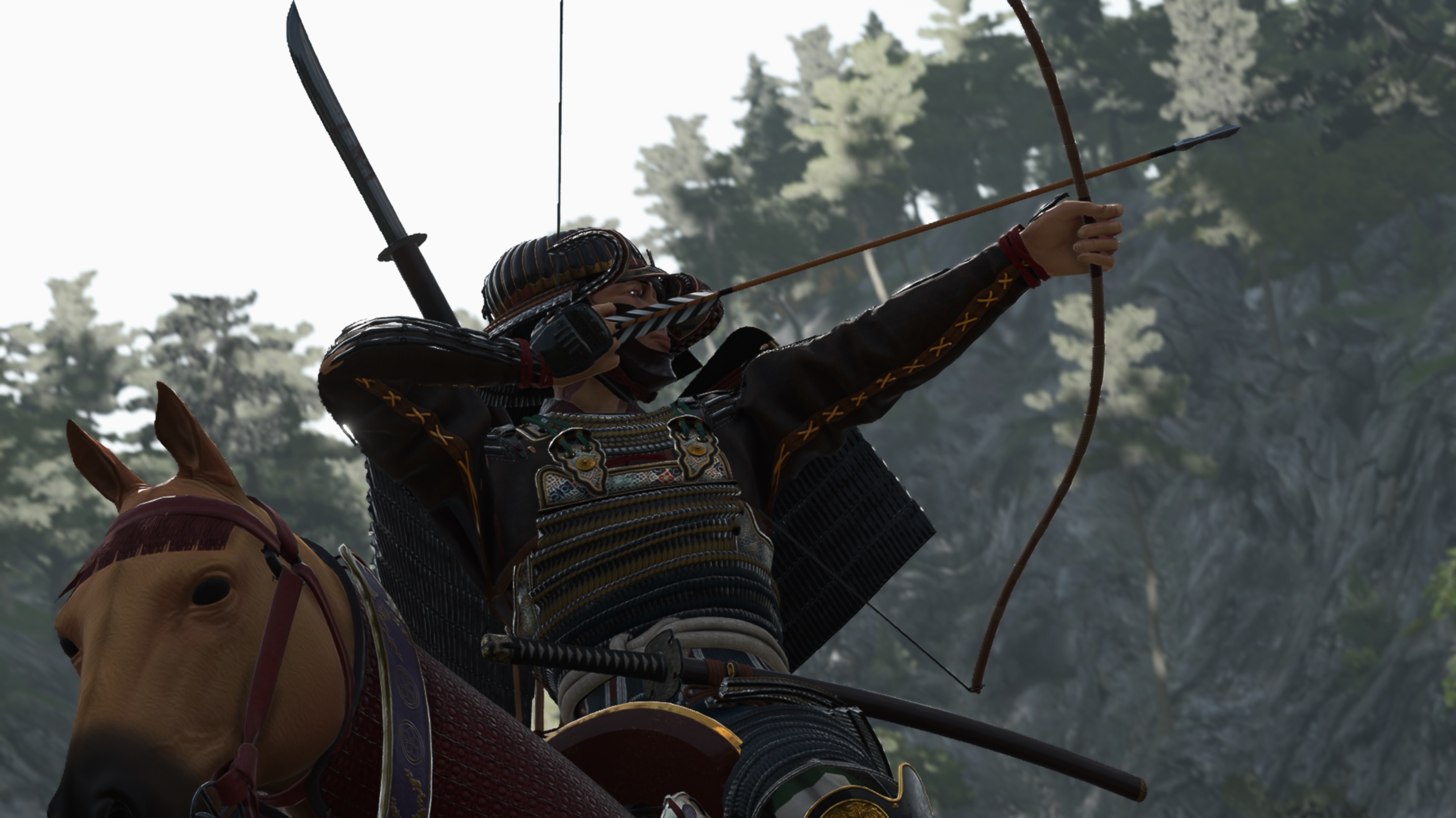
© TaleWorlds Entertainment, Dockside Studios

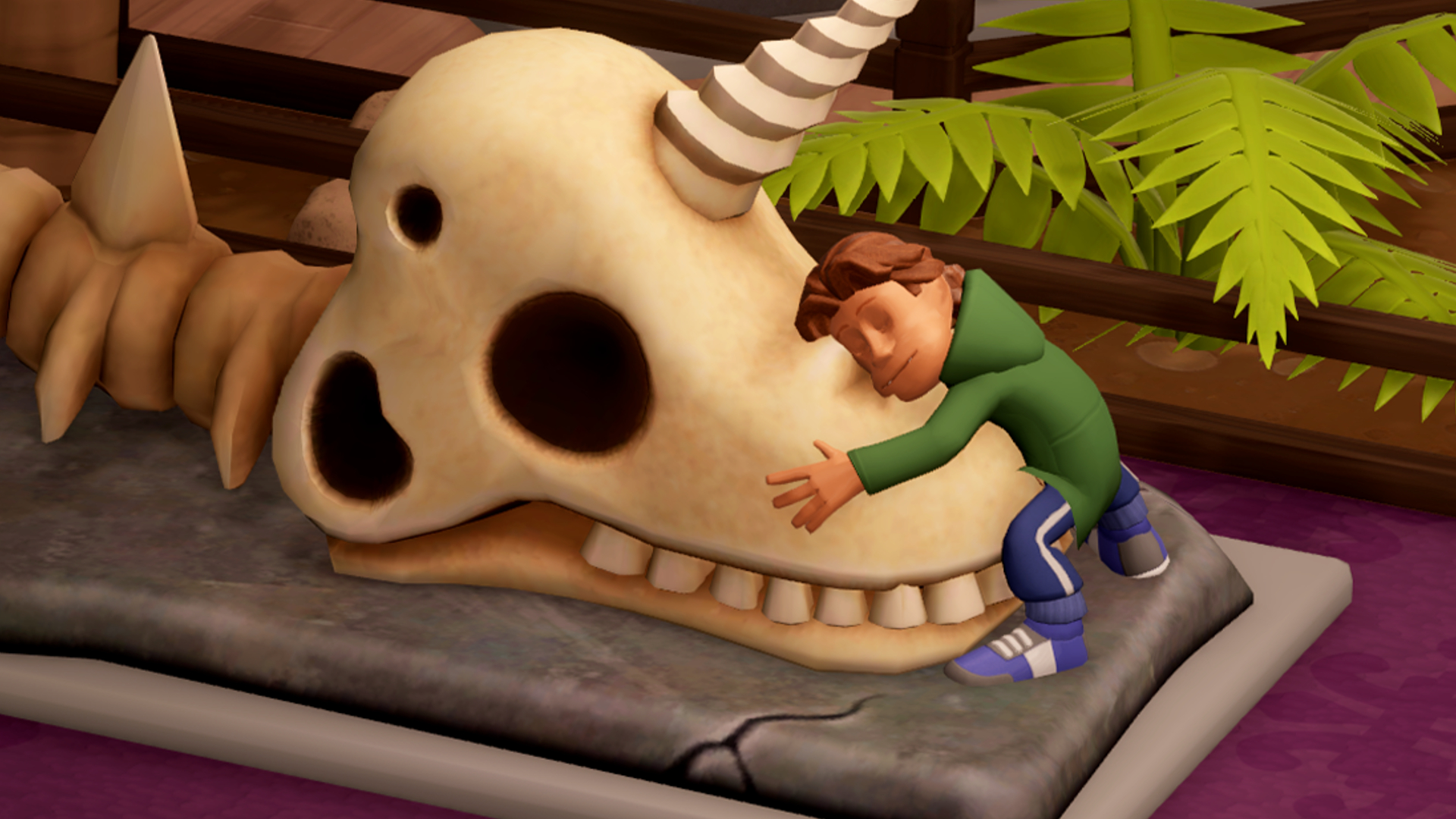
© Sega
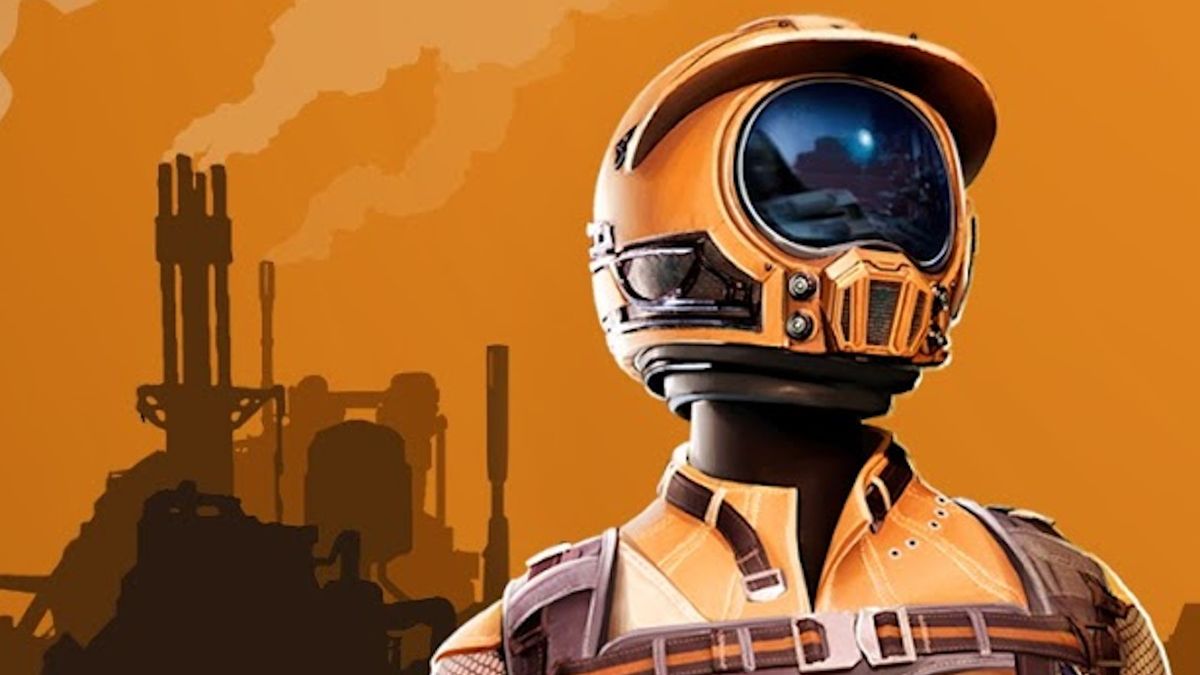
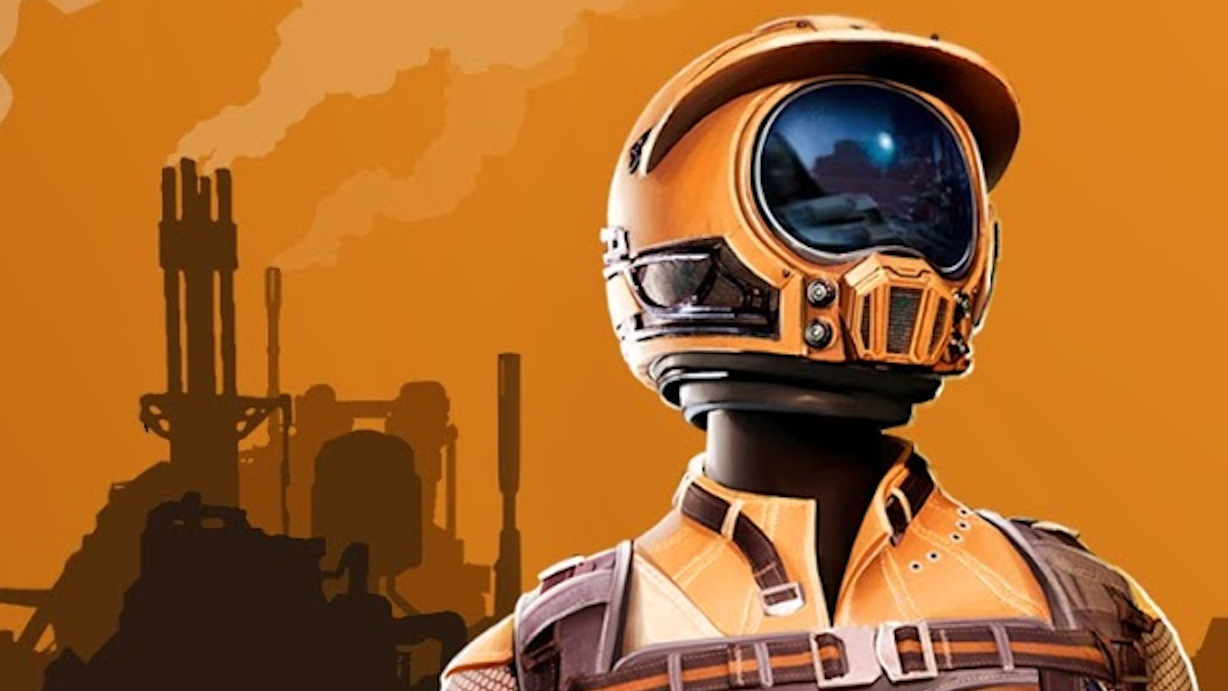
© Coffee Stain


© Future

There’s something about Sonic games where I kind of let my guard down and just enjoy them for what they are. And I’m happy to say that I’ve genuinely enjoyed my time with Sonic Racing: CrossWorlds, which I played an hour of during Summer Game Fest. It’s a kart racer that, in my short time with, nails the core tenets of a good kart racer – fast and intense races, powerups that turn the tide and leave you salty, and a good vibe that celebrates the characters from its source material. I can’t really ask for much more than that, yet there’s still more to chew on that we haven’t seen in previous Sonic racing games.
Let’s start with the CrossWorld mechanic, which varies up each race – the first lap starts on the selected track, then whoever’s in first place in the moment chooses where the entire race warps to for the second lap. This can range from an icy world with aurora borealis in the skybox, to a storming sea among a ship’s wreckage, or a volcanic zone with laser grids as obstacles. And then the third lap returns to the normal track. It’s a novelty that you may get used to over time, but it does provide some level of dynamism from race to race and adds a bit of unpredictability to keep things fresh.
In those crossing worlds, you’ll be flying, hovering, and surfing depending on where you warp to, and so there’s a great sense of variety to your vehicles since you’re not just on the ground drifting with your karts. I quite like the flying sections since your aircraft controls well and brings a certain verticality that’s surprising for a kart racer. If anything, Sonic Racing: CrossWorlds is blasting your eyeballs with chaos happening on screen, and maybe overdoing it. Not that it’s a major complaint I hold against it, but this is a very visually busy game to the point where it’s sometimes hard to tell what’s really going on – and I think these moments are more in service of the spectacle rather than being a serious competitive racer.
However, it does have that competitive edge with how you outfit your kart. You can customize parts like the body, tires, and boosters to tweak stats such as top speed, acceleration, and handling. What’s more is that you can attach perks to your kart as if it’s a loadout. You get six slots for attachments, and some attachments take up more than one slot – for example, I used a three-slot acceleration booster and a two-slot perk that improved my recovery time after getting hit by an item. And these things actually affected my performance in a meaningful way. I got hit with a rocket in lap three alongside another racer, but was able to pull ahead of them significantly after getting hit because of both of those perks I equipped. So, if you’re really serious about kart racing, I think there’s room for being a real sicko about it.
I only had access to the Grand Prix modes, which pits you in a series of four races, awarding points for your position and determining a winner by the end of the series. It’s pretty standard stuff with a few quirks along the way. I’m not sure if this is embedded in Sonic lore, but one racer will be declared a rival mid-Grand Prix and will act more aggressive toward you and stay more competitive throughout the series. The fourth and final race will also reward more points for first place, so you can turn the tide at the last minute if you’re a few points behind. However, I’m curious about how the other game modes in Sonic Racing: CrossWorlds will play out, because as fun and dynamic as normal races are, longevity will rely on Sonic Team being able to capitalize on its potential in other creative ways.
Perhaps some of that will come from its crossover characters – not only is this about Sonic as a whole, it’s a celebration of Sega’s recent history as well. During Summer Game Fest, Sega revealed that characters like my precious boy Kasuga Ichiban from Yakuza / Like A Dragon, Joker from Persona 5, and my vocaloid queen Hatsune Miku will all be part of the roster. Seeing Ichiban relive his days of Dragon Kart from the 2020 RPG is adorable and a welcome extension of his character, while seeing Miku on a hovering board racing through Sonic worlds is enough to get me bought in (and we should have Miku in more games, to be honest, shout out to Fortnite). It’s not like crossover characters are a new thing for a Sonic racing game – I mean, look at the wild lineup for Sonic and Sega All-Stars Racing. But Sega’s catalog has grown a lot since then, so perhaps this new era of characters can spice things up in a way that makes more sense.
Sonic Racing: CrossWorlds doesn’t have to revolutionize the kart racing genre, and I think it’s staking its claim on being a fun and carefree racer that celebrates Sonic and the larger Sega pantheon. It’s a vibe, and one that I’ve enjoyed and will look forward to drifting through when it launches on September 25 of this year on the last two PlayStation, Xbox, and Nintendo consoles, as well as PC.

Capcom has been firing on all cylinders with its marquee franchises – Monster Hunter is seeing increasing success, the Resident Evil train is continuing to roll, and Street Fighter continues to be a staple in the fighting game community. It has a new Onimusha on the way, and the last time we saw Devil May Cry was on a high note. But every now and then, Capcom experiments with something new, to varying degrees of success. And that latest experiment is in Pragmata, a sci-fi third-person shooter that stole the show for me at Summer Game Fest 2025 – even after just a brief 15-minute hands-on demo.
Another sci-fi third-person shooter may not sound too enticing on the surface, but Pragmata is an example of how a single idea can go a long way in distinguishing a game from the rest of the pack. Here’s the thing – in Pragmata you don’t just damage your enemies by shooting them, you have to hack them to open up their weaknesses. The way this works is by aiming down sights and engaging in a hacking minigame where you navigate a five-by-five grid using the face buttons to draw a path that connects specific nodes together. And you have to do this in real-time. Along that path, you can hit additional nodes to inflict status effects or open up weak spots, which can be risky when you’re locked in a room of multiple menacing robots chasing you down.
If you’re nimble enough with your rocket-boosted dodge and smart with your positioning, you can pull this off unscathed, and it is so damn satisfying when it all comes together. When you’re mostly fighting in tight spaces, creating space to hack and shoot can be challenging. Pragmata isn’t exactly a fast-paced game in the same way as Vanquish or Returnal, and it moves more like a Dead Space or Gears of War, and I enjoy that chunky, heavy feel. You’re also not outfitted with a ton of weapons – while you have a six-shot pistol with unlimited magazines, you pick up disposable weapons like a slow, powerful heavy rifle and a Bola gun to temporarily immobilize enemies. These effective, limited-use weapons push you to be more resourceful and make combat more interesting.
Since you’re not blasting through waves of robots and drones, the combat encounters feel more deliberate – and I think that’s important for not overdoing it with the hacking minigame. My worry for now is that the novelty of the hacking minigame will wear off the deeper you get into Pragmata, but that’ll be determined by how the gameplay mechanics evolve and the way further combat encounters present new challenges. I’m actually bummed that the demo ends right when you approached a huge mech for what appeared to be a boss fight because it could’ve been an opportunity to showcase more of Pragmata’s potential.
Hacking is also integrated in environmental puzzles and exploration, presenting you with different styles of sequential button prompts to deactivate security locks or access terminals. Little things like this to break up the pace are important in a fairly linear game where you’re chomping at the bit for the next big fight. You need that variety to balance out even the best parts of a campaign, and I at least enjoy the fact that engaging with levels still revolves around the hacking premise in some form.
Whether it be in combat or in exploration, I find a lot of fun in games that give you a more active element to engage with in its core gameplay. Although completely different genres, the timing-based mechanics of Clair Obscur: Expedition 33 made its turn-based RPG combat feel fresh, and even the gesture-based inputs for abilities in Scarlet Nexus were a fun way to distinguish itself from other action-RPGs, which I still praise to this day. If Pragmata can build on its best ideas in smart ways, it might be able to wedge itself into this conversation.
The demo didn’t have much in terms of story (and I’m glad it focused on its enticing gameplay hook instead), but it does leave me curious as to what the hell is going on in Pragmata. The basic premise is that you’re stuck on a high-tech space station on the moon, and you control a man named Hugh who dons a mech suit and uses a small arsenal of high-powered firearms, all while a mysterious little girl named Diana, who’s the hacking genius, sits on your shoulders to hack enemies. But even if the story is simply a vehicle to take you through its uniquely thrilling combat scenarios, I’m inclined to believe that’s all it has to be.
I had no idea what Pragmata was when it was first revealed in 2020, and after years of silence and delays, we know that it's real and on its way in 2026. I’m not expecting it to be the next greatest game or become a pillar of Capcom’s catalog, necessarily, but I’m all for new and well-executed ideas – especially at a time when AAA releases sometimes blend with each other.

Cuphead did something in 2017 that we'd arguably never seen before in a video game, or at least nowhere near the degree Cuphead went to: it built an entire game around completely hand-drawn art and animation a la a 1930's cartoon. We haven't seen it since probably since doing all of that painstaking visual work by hand is incredibly difficult, time-intensive, and laborious. But now, a new hand-drawn and hand-animated project is getting ready to grace our PCs and consoles. It's called Mouse: P.I. for Hire, and fully handcrafted art is about the only thing it's got in common with Cuphead. Mouse is its own, equally gorgeous game, and after getting a look at a hands-off demo, I'm just as interested in it as I was when I first saw Cuphead. Which is to say, I’m very interested.
As you can obviously see, Mouse is in black and white. It's reminiscent of the Steamboat Willy era of early animation, complete with guns that are always wobbling even when they aren't in use, as if they're made of rubber. (More on the guns in a bit.) As you can also plainly see, Mouse is a first-person shooter. In it, you play as Jack Pepper, who in-demand video game voice actor Troy Baker plays with a stereotypical-on-purpose New York accent. He's an early-20th-century gumshoe, after all, see? He's got to sound like one.
What I really liked about the demo I saw of Mouse was that it wasn't just a mindless run-and-gun first-person shooter (not that there's anything wrong with that). Instead, the mission I saw part of was set at an opera house, where Pepper had to find and question the stage designer. We started at the back door, where we spoke to a waiter and asked about Roland, the aforementioned stage designer. He hasn’t seen him, so in we go to investigate for ourselves.
Inside, the kitchen gives you a better look at the visual aesthetic at play here. Notice how the characters are 2D within the 3D space, not unlike the monsters in the original Doom. A peek through the porthole window of the kitchen door shows off one of Mouse’s detective-y features: reconnaissance, as Jack takes a photo and sees some members of the Big Mouse Party – aka not guys we want anything to do with.
Moving to the back of the kitchen, we meet up with a slick waiter who’s happy to help sneak us upstairs to where we need to go quietly – for $30. We decline the bribe and instead find a vent we can sneak through. A bonus stash of cash hiding in the vent is appreciated, but the bottom falling out of the vent, crash-landing us back outside where we started, is very much not appreciated.
Attempt number two takes us back through the kitchen and into the same vent, carefully crawling around the newly made hole in the floor and taking us to the dressing room, where a Thompson machine gun and some ammo await. You’re not supposed to be in here, of course, and the Big Mouse Party members don’t take kindly to your presence. It’s here that we get our first look at the first-person shooter combat, including one of the gorgeous reload animations.
We hear a muffled voice that might be Roland, but first a safe gives us a chance to see the lockpicking minigame in action, along with what the safe was hiding: a cup of coffee? Then things get really loud, as the wall in front of us blows up and we have to snuff out the bad guy that emerges from the smoke before using TNT ourselves to make a hole in the floor so we can make our way down into the bowels of the opera house.
Finally, we’ve found Roland. He’s been beaten up by the extras, who Jack deduces aren’t extras at all, and learns the Big Mouse Party’s real plan: to assassinate mayoral candidate Stilton, who’s sitting in the balcony for that evening’s show, during intermission, using the cannon on stage that is both full of live ammo and pointed directly at him.
Fast-forward to more combat, including the shotgun, which looks like it packs a nice wallop – and also has a pretty awesome reload animation of its own. Plus a look at explosive barrels that leave the bad guys burning in the most cartoonish way possible. There’s even an ice barrel – liquid nitrogen, perhaps? – that freezes nearby foes when detonated, allowing you to kick them so they shatter into a thousand pieces, Terminator 2-style. Moments later we also got a look at the third weapon featured in the demo: the turpentine gun, which melts these cartoon characters who are literally made of paint, not unlike the Dip from Who Framed Roger Rabbit?
After a bit of platforming and fighting a new helicopter-tailed enemy type, we found our way back upstairs…only to have a trap door below our feet open up, dumping us back into the basement. It’s here we meet the Old Rat Stuntman, who teaches Jack the double-jump maneuver. After testing it out and discovering a secret – a baseball trading card of “Brie” Ruth (get it, because they’re mice and love cheese?) – we find our way back on stage to sabotage the cannon and save Stilton, which triggers a boss battle with a raging opera performer. The turpentine gun finishes him off, and we get a look at its reload animation, which if you ask me is even cooler than the others we’ve already seen.
The fire from the stage has spread to the rest of the opera house, and we’ve gotta get out of here. But we’re going to have to shoot our way out using every weapon at our disposal. No problem for Jack Pepper. Let’s watch some combat now, uninterrupted.
Finally escaping the building, we meet up with the stage designer, who coughs up what he knows about the performer who’s vanished. Something about a secret lab underneath his mansion? No, that doesn’t sound suspicious at all… And with that, we exit the level and the demo ends.
And so, though I haven’t yet played it myself, from what I’ve seen of Mouse – and you just saw most of what I saw – I’m really eager to give it a try. It seems like it’s got the right lighthearted, somewhat comedic tone while also being self-aware but offering a solid first-person shooter at the core of it. After all, as gorgeous and admirable as its hand-drawn art and animation are, if the gameplay can’t back it up and also maintain my interest in it over the course of its campaign, then it won’t really matter how pretty it is. But at this point, I’m extremely optimistic.
Ryan McCaffrey is IGN's executive editor of previews and host of both IGN's weekly Xbox show, Podcast Unlocked, as well as our monthly(-ish) interview show, IGN Unfiltered. He's a North Jersey guy, so it's "Taylor ham," not "pork roll." Debate it with him on Twitter at @DMC_Ryan.


© 343 Industries
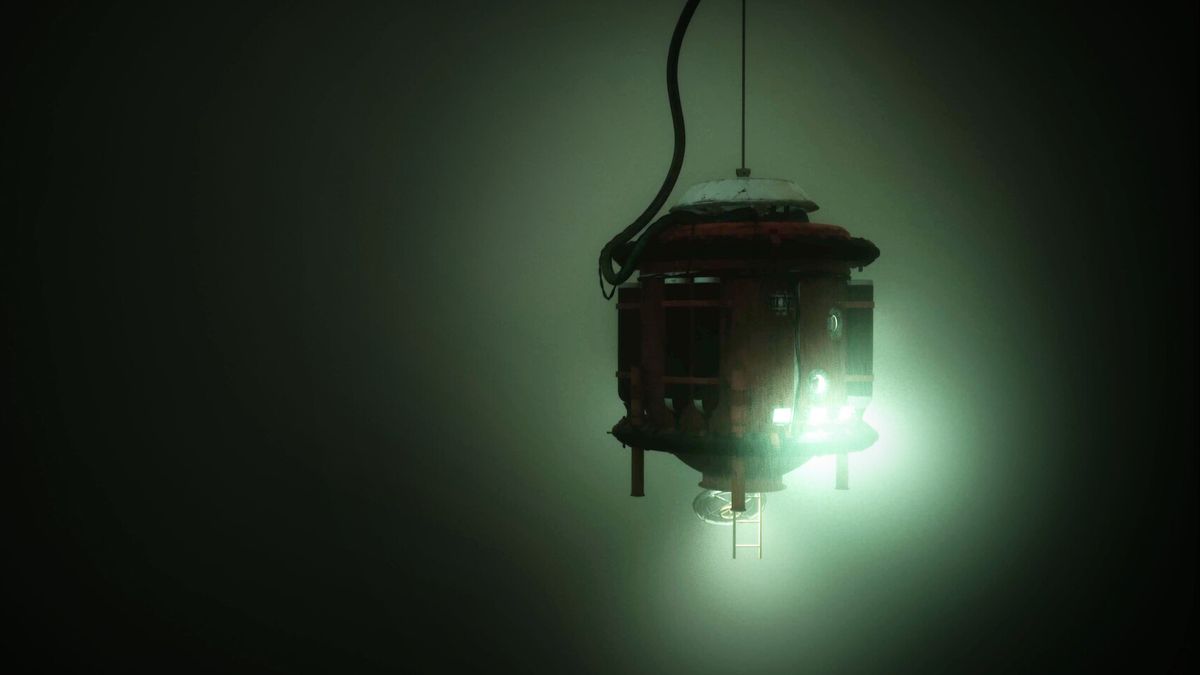
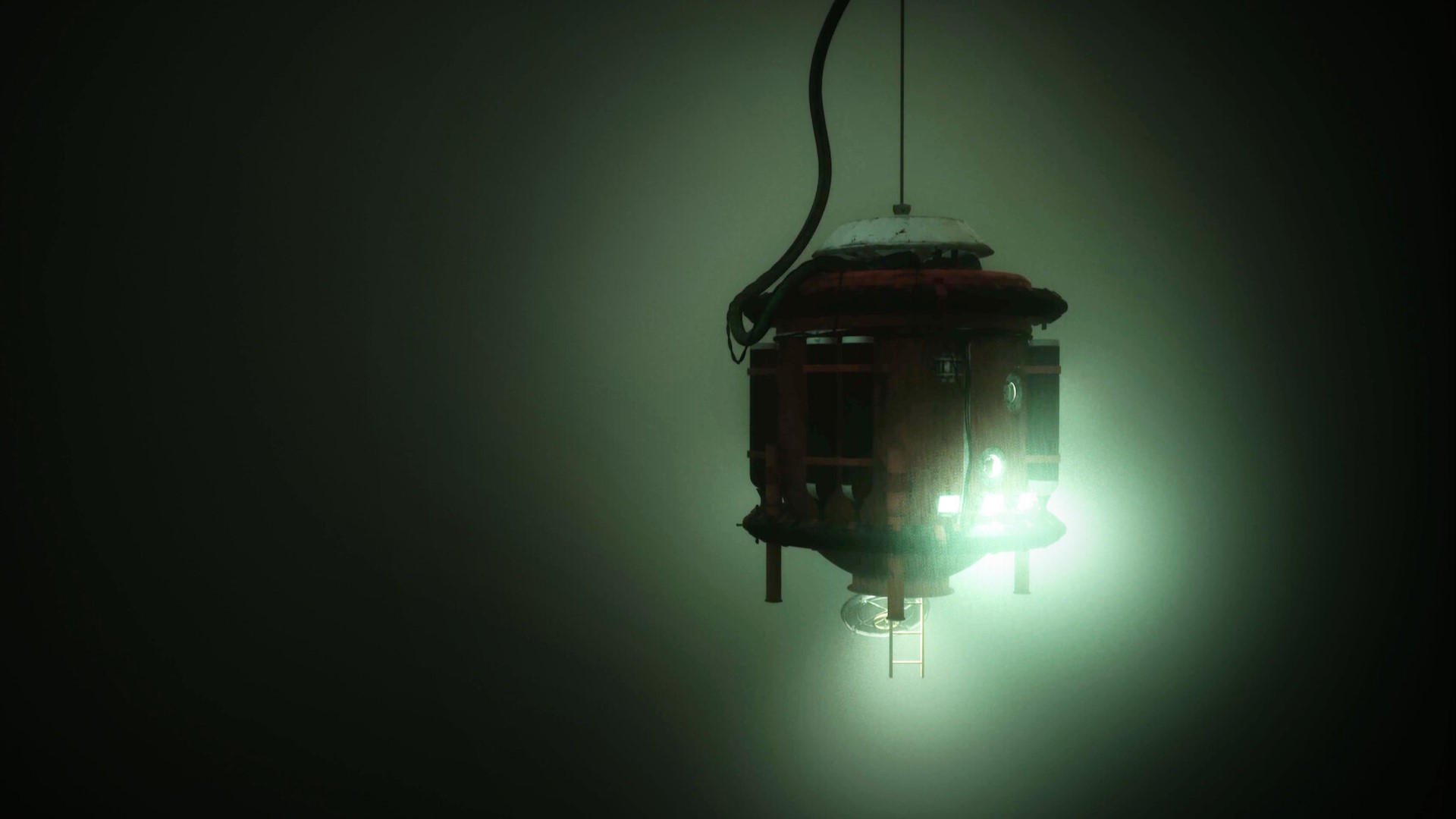
© The Chinese Room
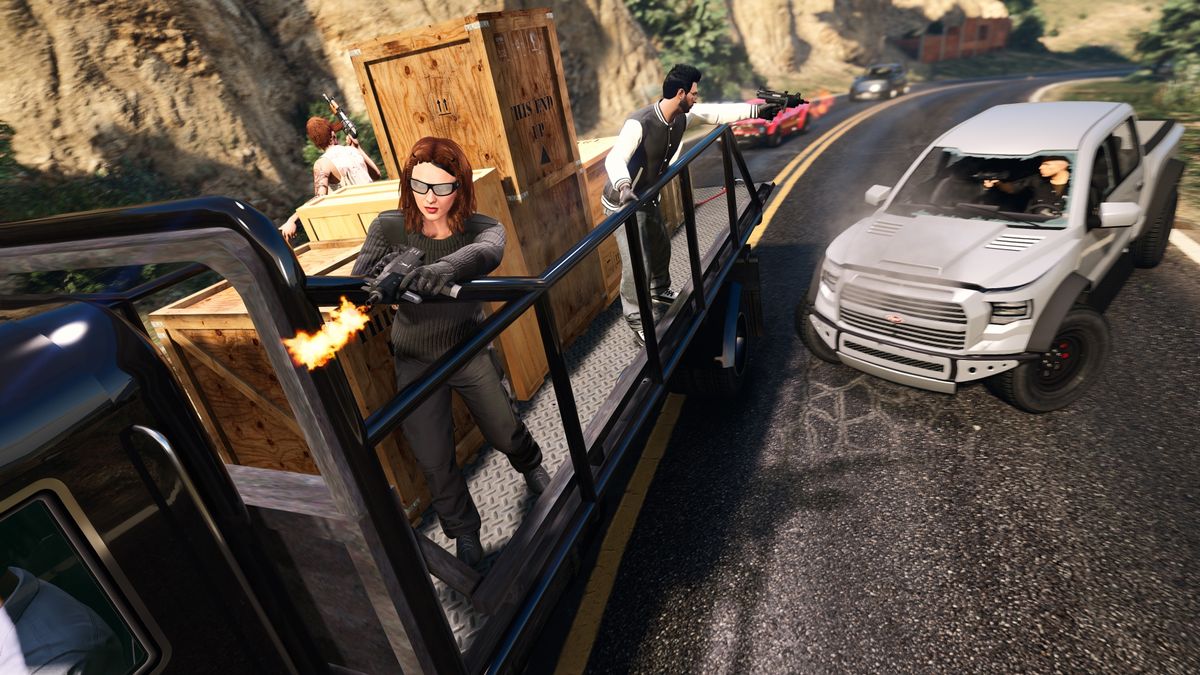
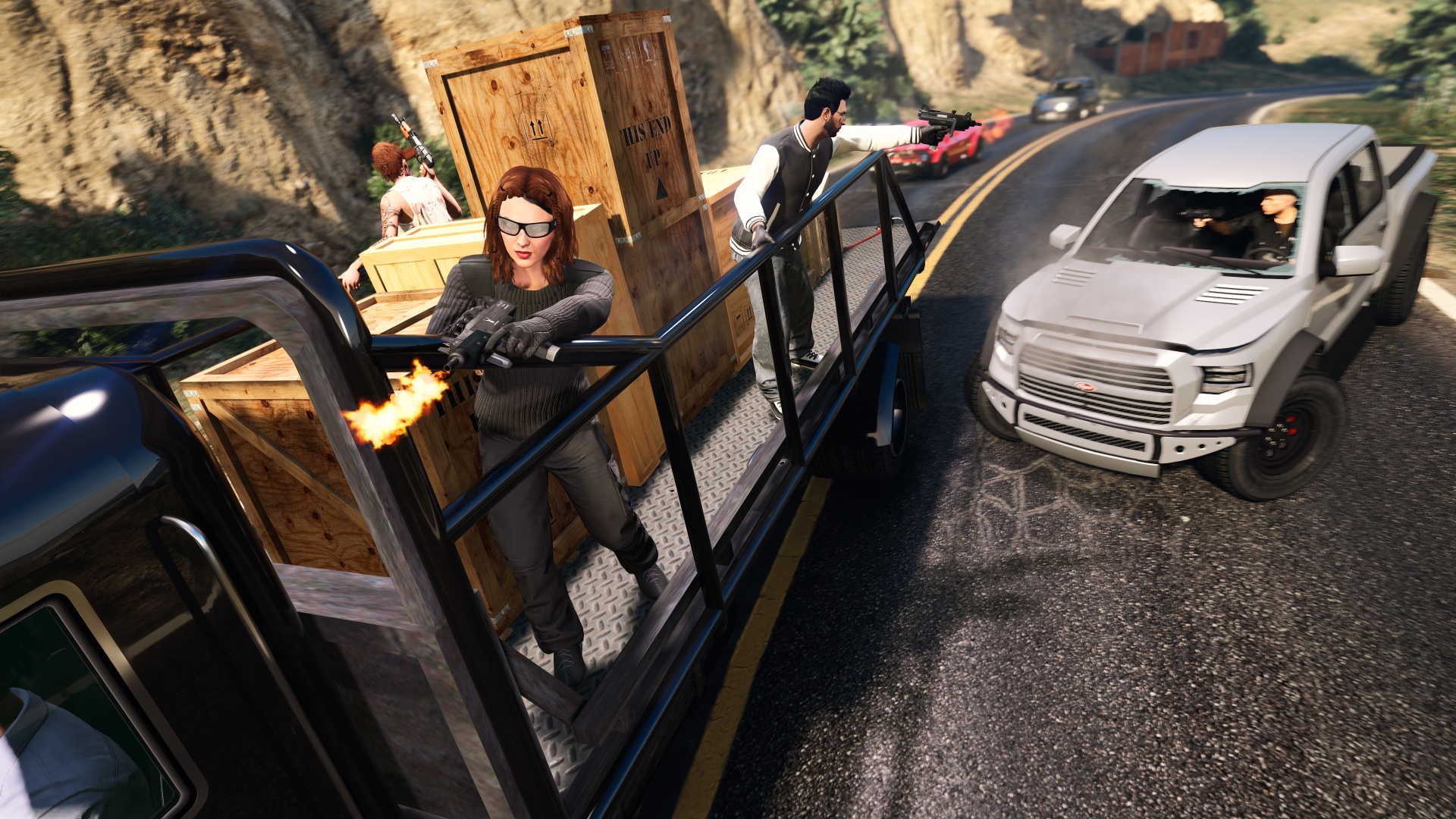
© Rockstar Games


© Kong Orange, WiredFly
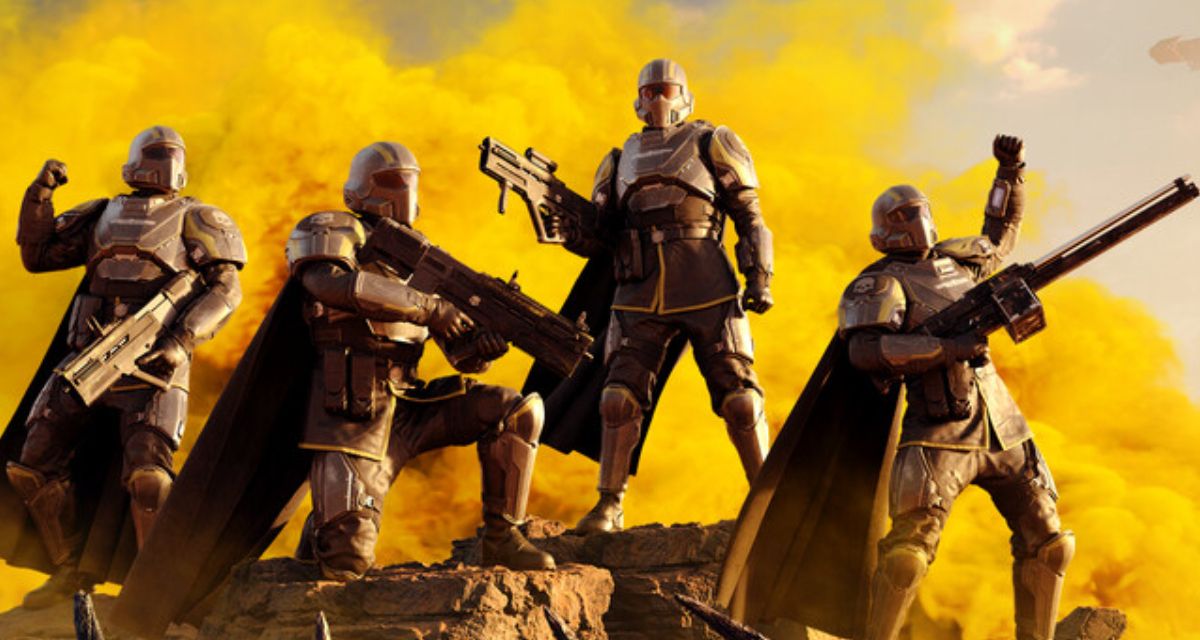
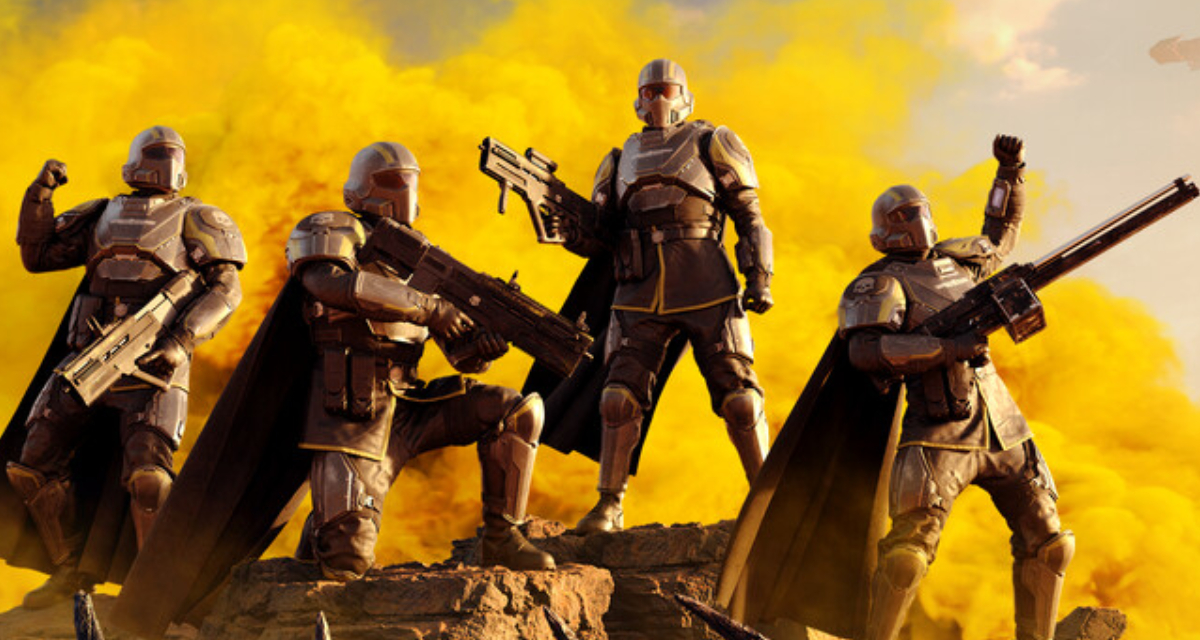
© Arrowhead
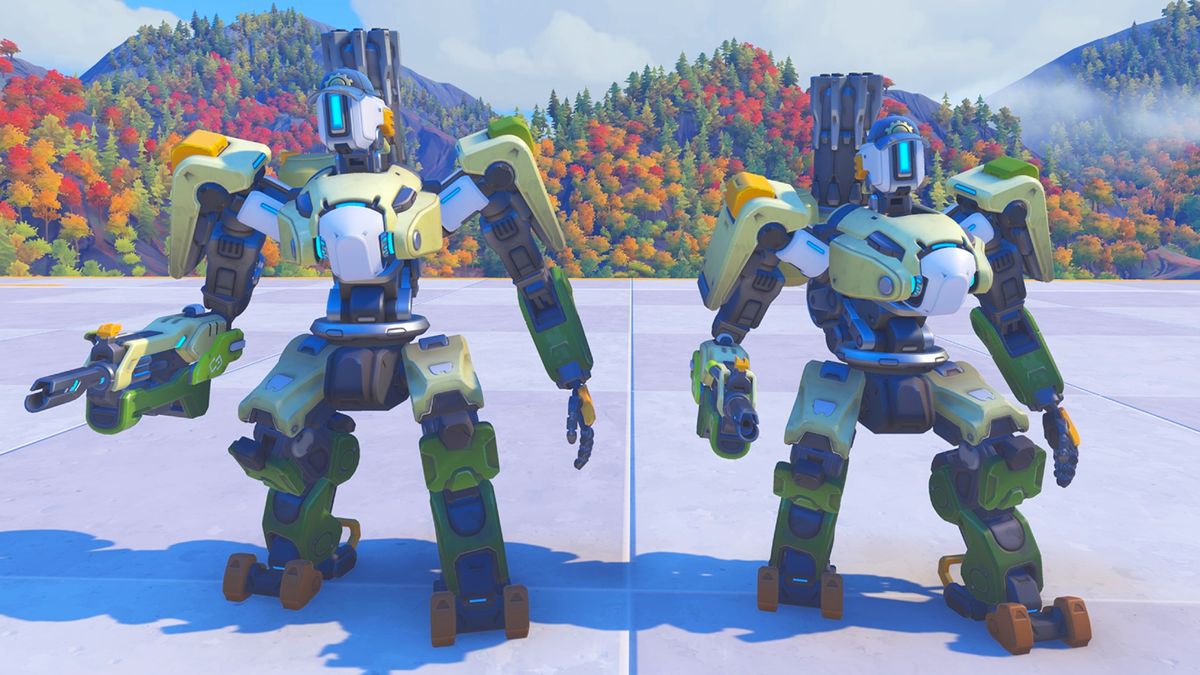
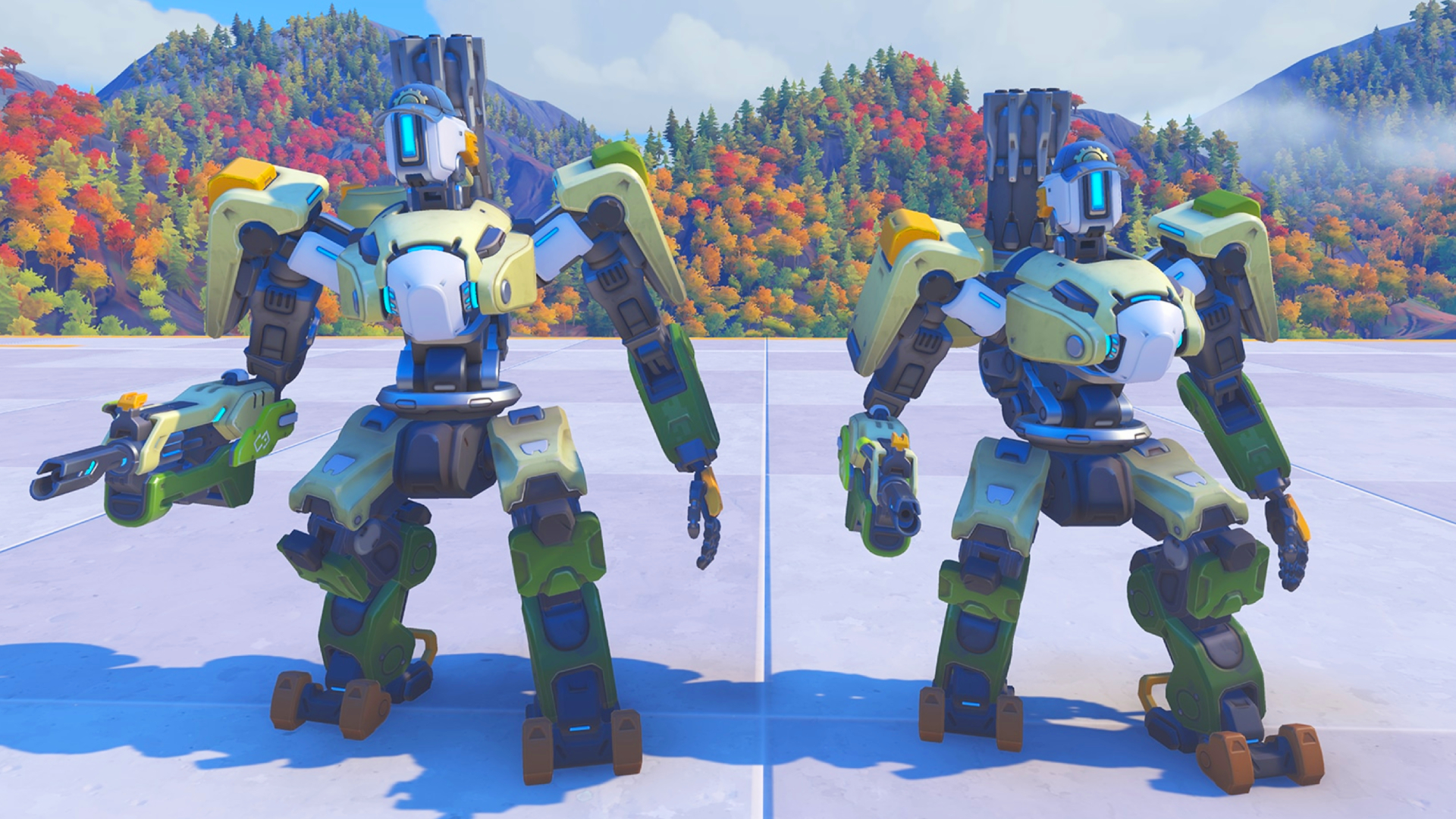
© Blizzard Entertainment

Take it from me: as an avid reader, being busy with work and life can often make it difficult to sit down and get lost in a good book. I love physical media and displaying books on my shelves, but I hardly have the time to actually read them. Audible helps mitigate this roadblock with audiobooks, and as someone who lives in Los Angeles, the service helps me kill two birds with one stone: I get to experience the books and stories I'm interested in and it helps long commutes and bumper-to-bumper traffic feel like a breeze.
Here, I'll be breaking down the various prices and plans Audible has to offer, and if you're gung-ho about sticking with physical books, check out Amazon's buy one, get one 50% sale that includes dozens of books and graphic novels.
Yes, you can check out Audible via a free trial right now. It lasts for 30 days, after which you'll be charged $14.95 a month and can cancel it at anytime. When you sign up for the free trial, you'll get two audiobooks for free.
Audible is an audiobook and podcast streaming service owned and operated by Amazon. You can purchase products individually or select a subscription that best suits your needs. If you're a subscriber, you'll receive credits for redeemable monthly content and be able to access a curated library of even more content.
The service has over 1 million options to choose from. If there's a book you're interested in, odds are you can listen to it here. Most titles will get the audibook treatment at some point, with some of the more popular series (like the new Hunger games novel) will have one available on day one. It's great for everything, from historical non-fiction to modern LitRPG.
Audible offers a varying selection of subscriptions and purchasable credit options. The subscriptions offered are Plus at $7.99/ month and Premium Plus at $14.95/ month. Then you can add on to these plans with credits. Two credits a month is $22.95, 12 credits is $149.50/ year, and 24 credits is $229.50/ year.
Here's how the different subscription and credit options shake out. Once you're a subscriber, you'll earn credits when as part of your plan. Credits are used to purchase anything from their catalog regardless of price.
This is the subscription. You'll have acces to thousands of different audiobooks and podcasts from the Plus Catalog.
This is what I would subscribe to if you see yourself using the service a lot over time. You get all the perks form the Plus plan, and you'll get one credit per month to purchase a book, which you get to keep even if you cancel your plan. You also have access to exclusive sales and discounts.
You'll get two additional credits to spend however you'd like. Part of Audible Premium Plus.
You'll get 12 additional credits to spend however you'd like. Part of Audible Premium Plus.
You'll get 24 additional credits to spend however you'd like. Part of Audible Premium Plus.
You can access Audible pretty much anywhere. To start, you can download the app on your mobile device or tablet via the iOS, Android, and Google stores. You can also access Audible through a Kindle device if you have one. Finally, if you have an Amazon Fire TV, you can download the Audible app there too, which is great for cleaning sessions or to just have a book going in the background at home.
Myles Obenza is a freelance writer for IGN. Follow him on Bluesky @mylesobenza.bsky.social.